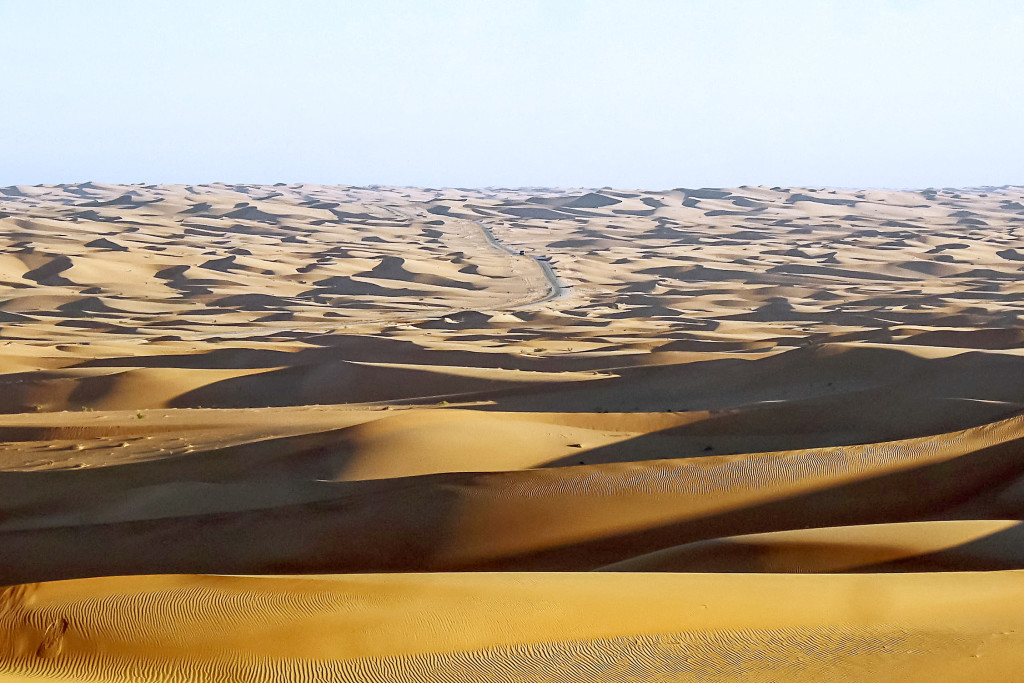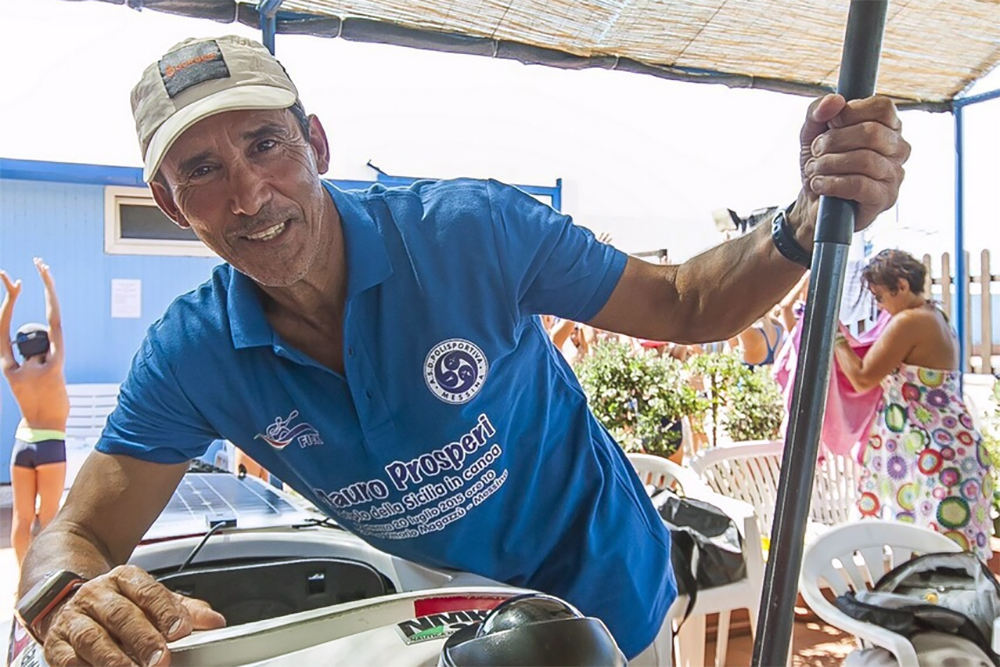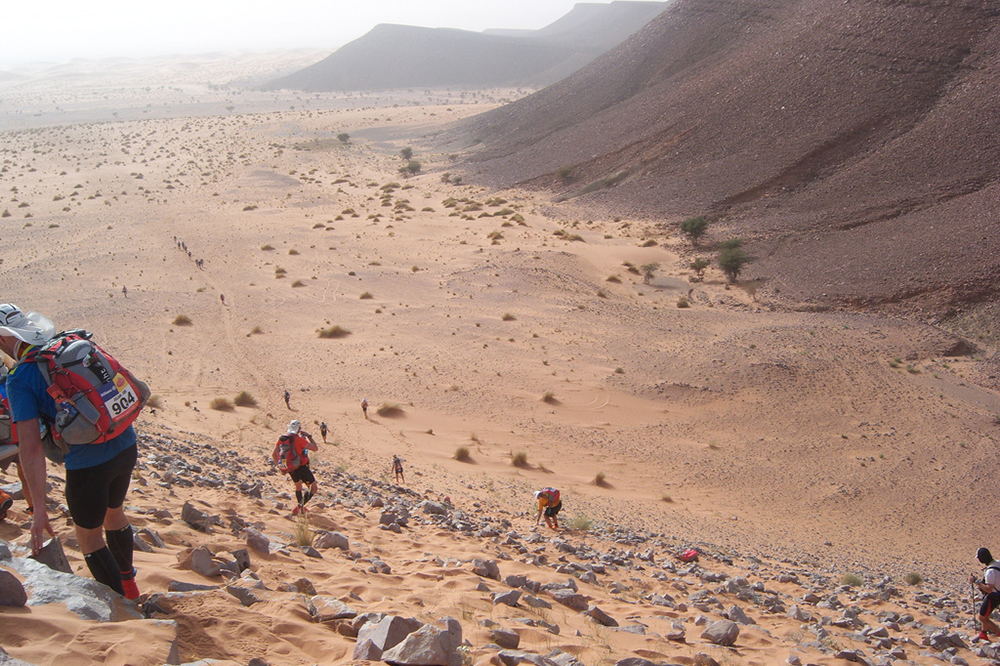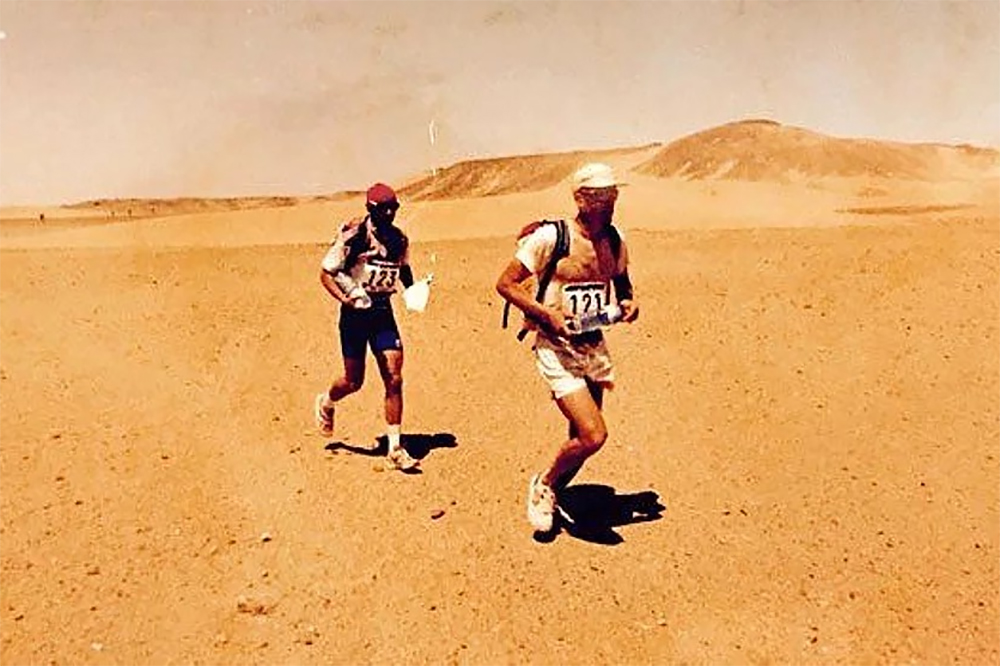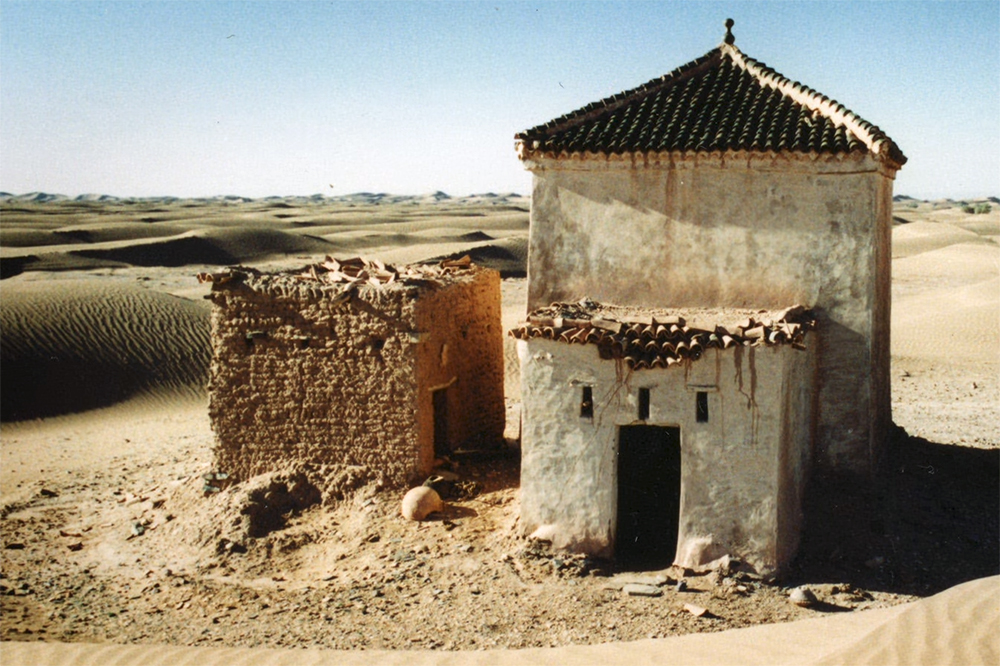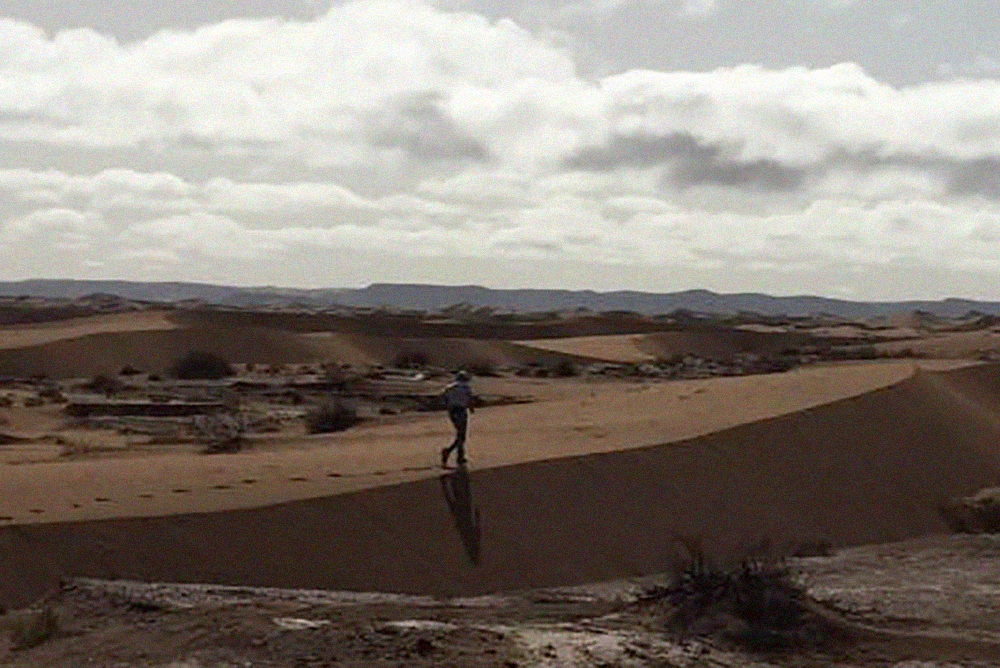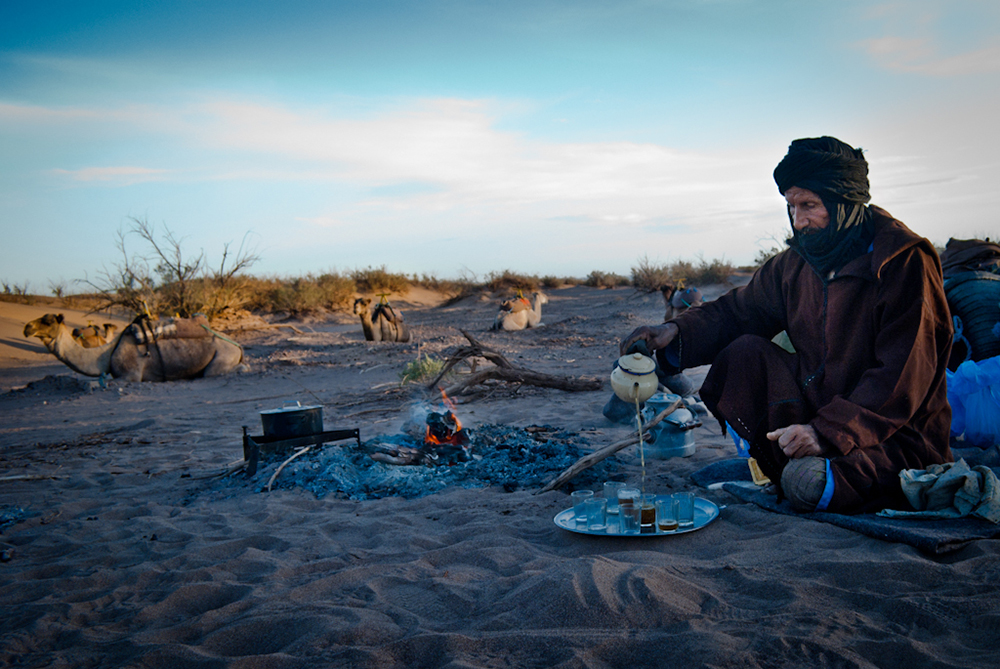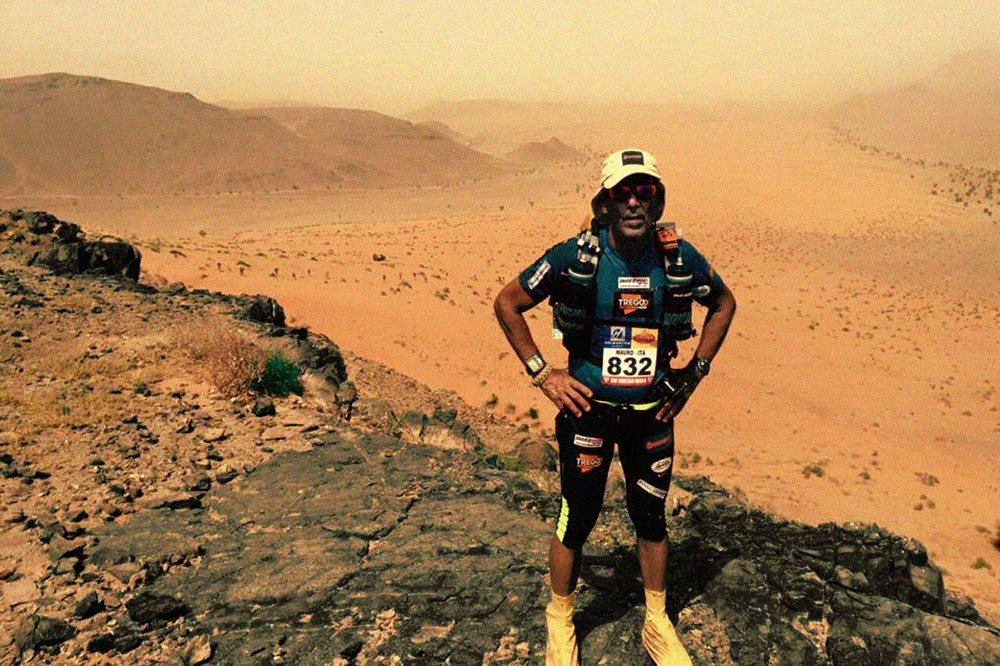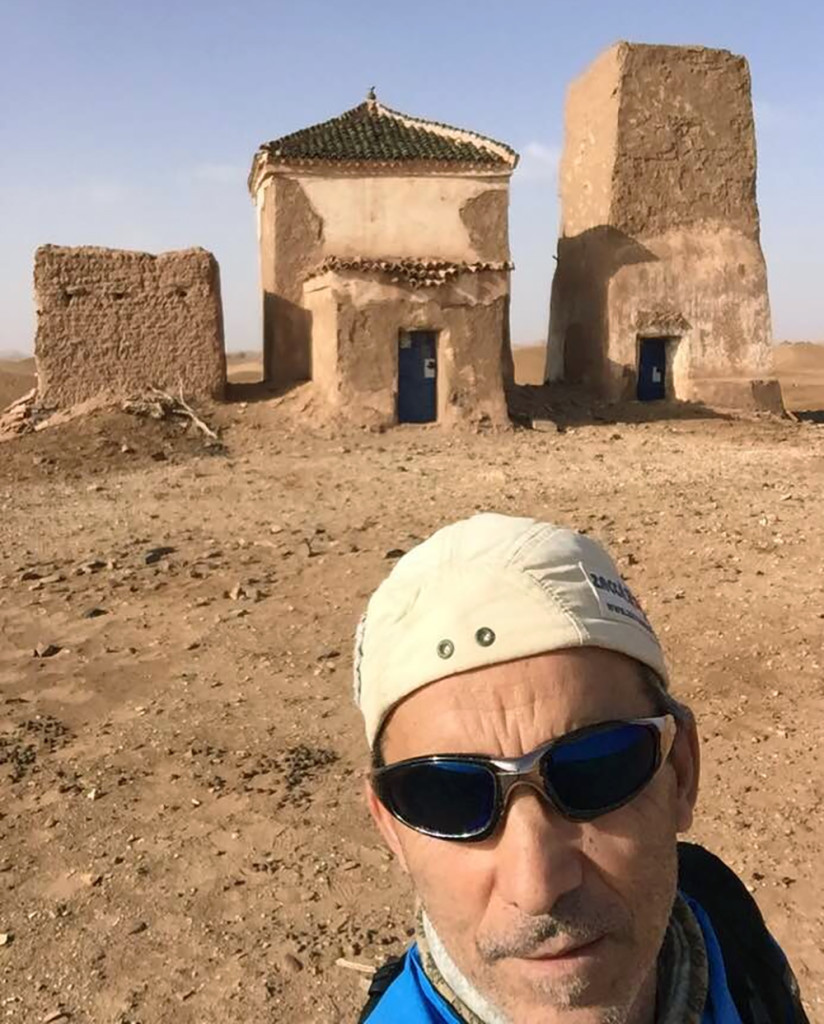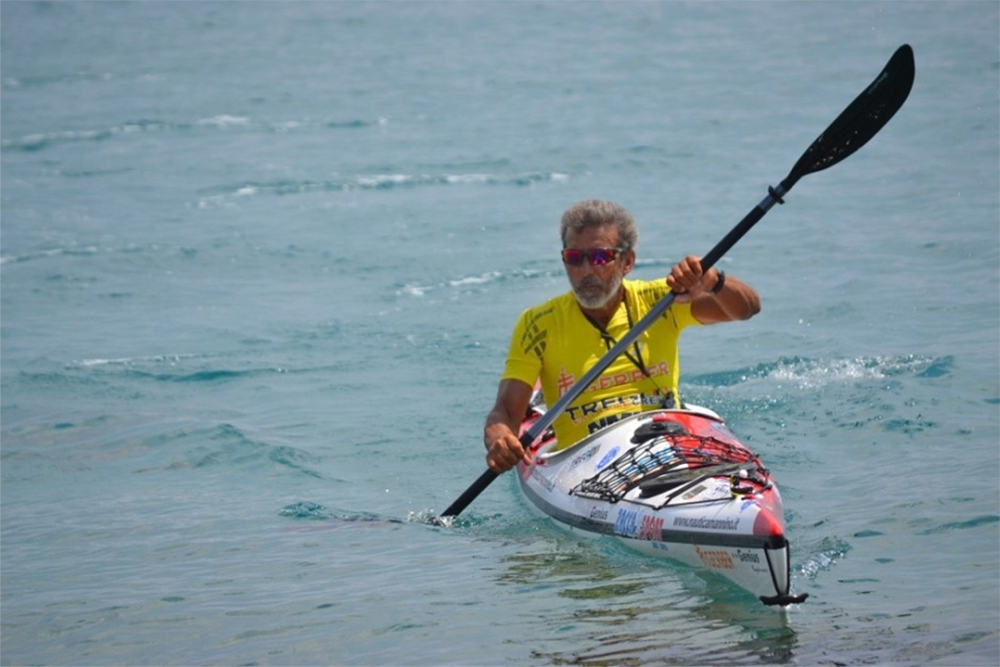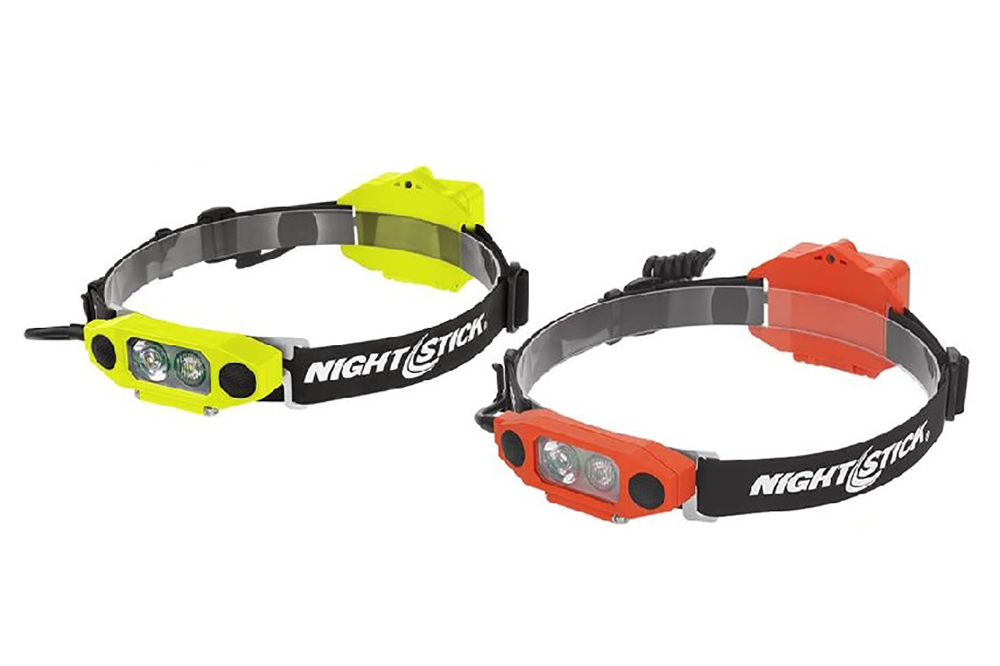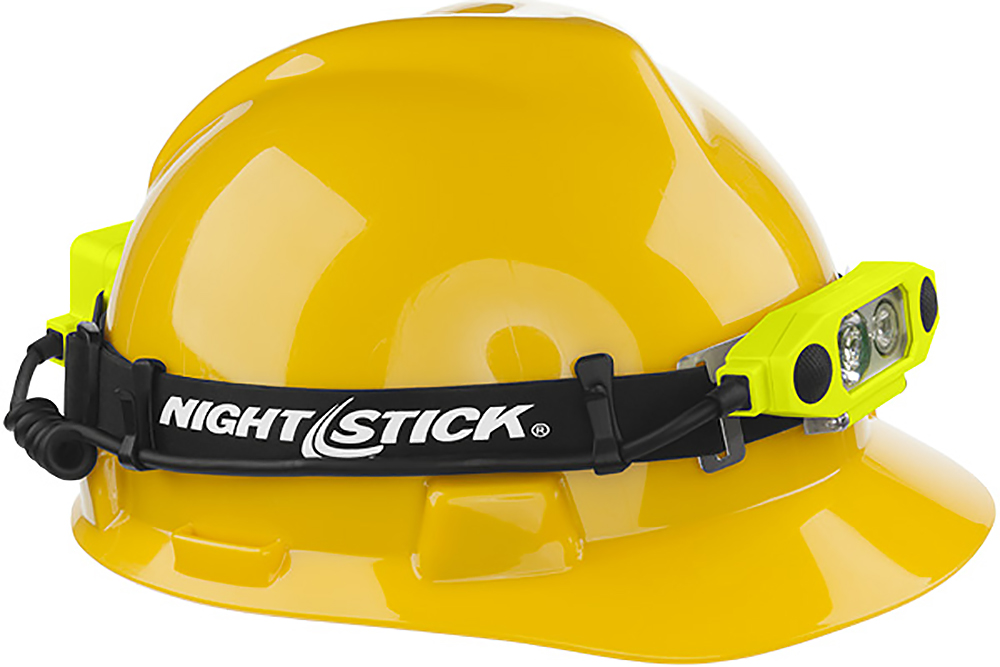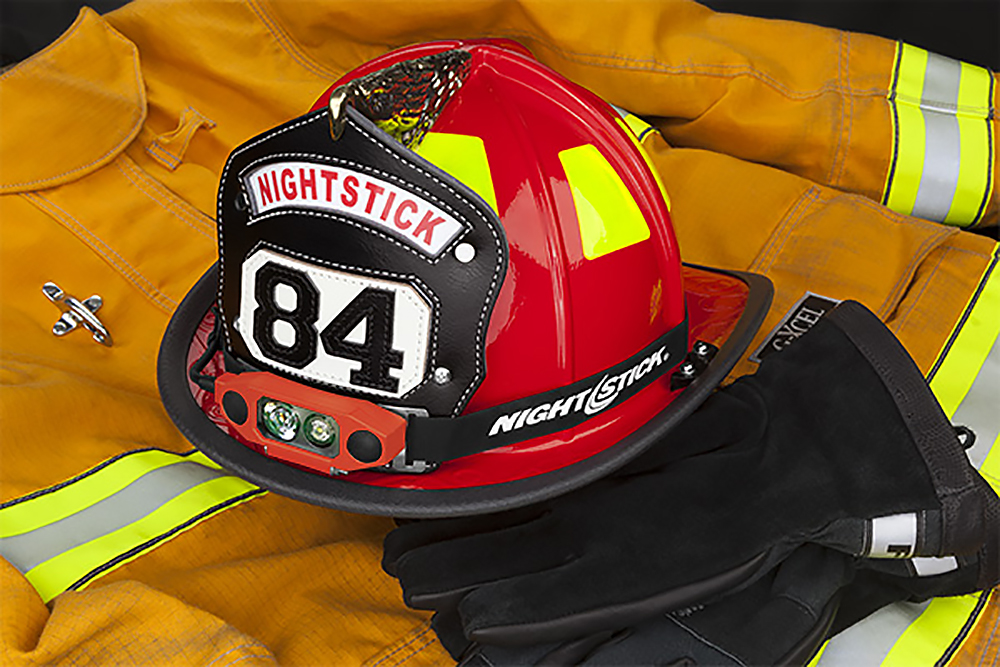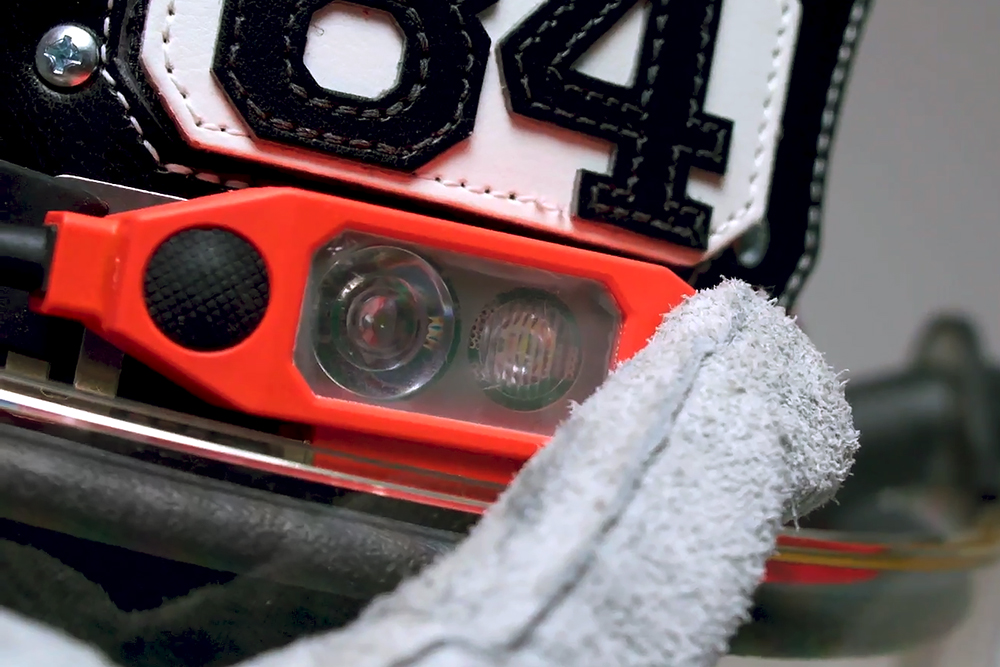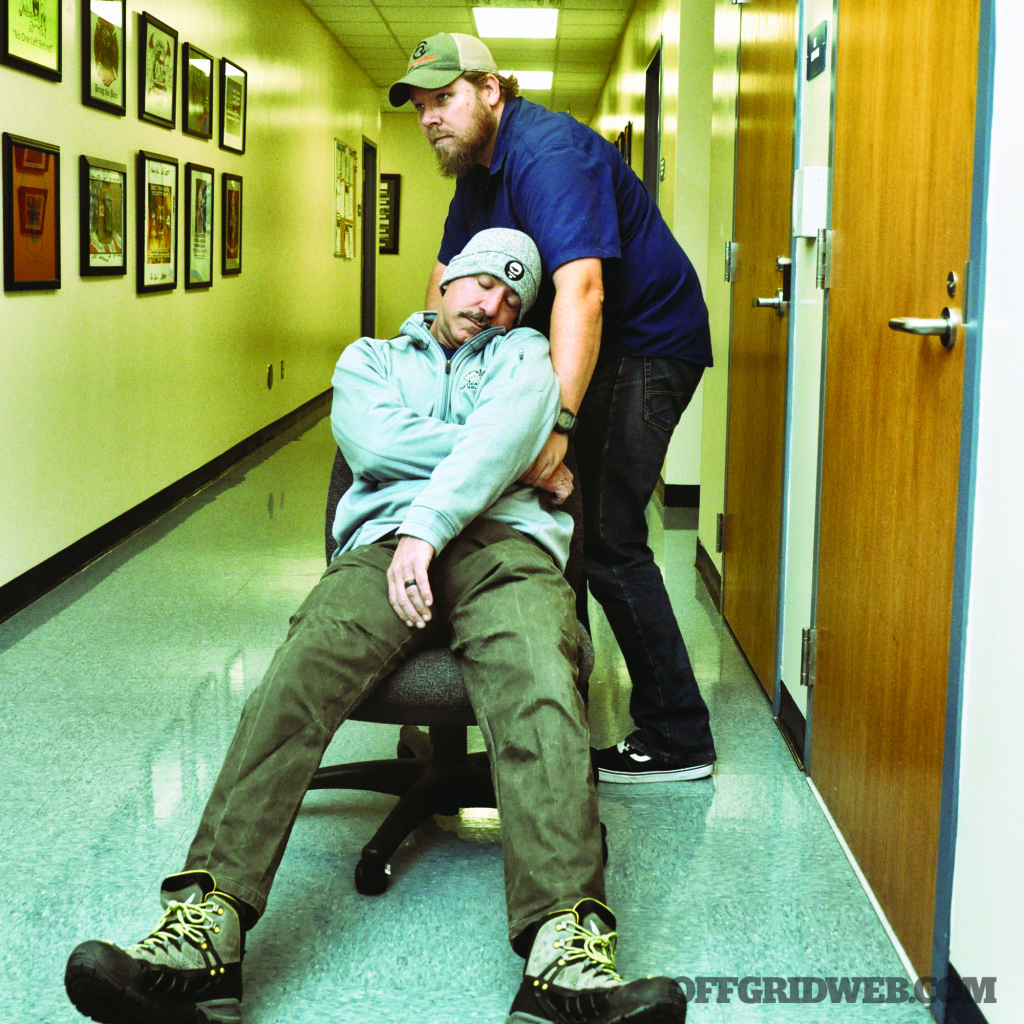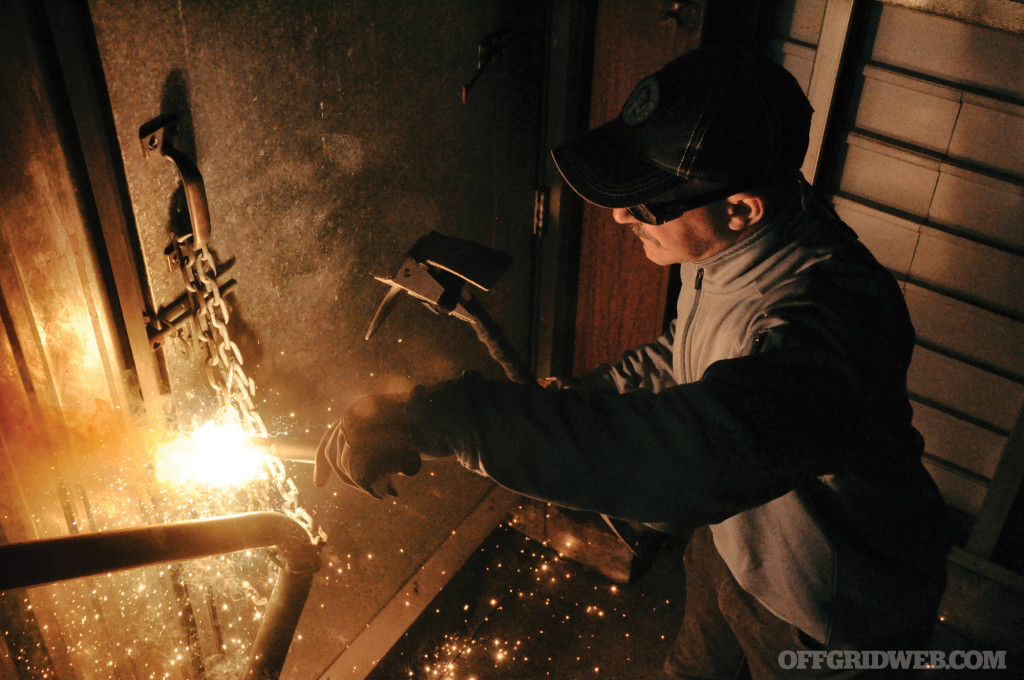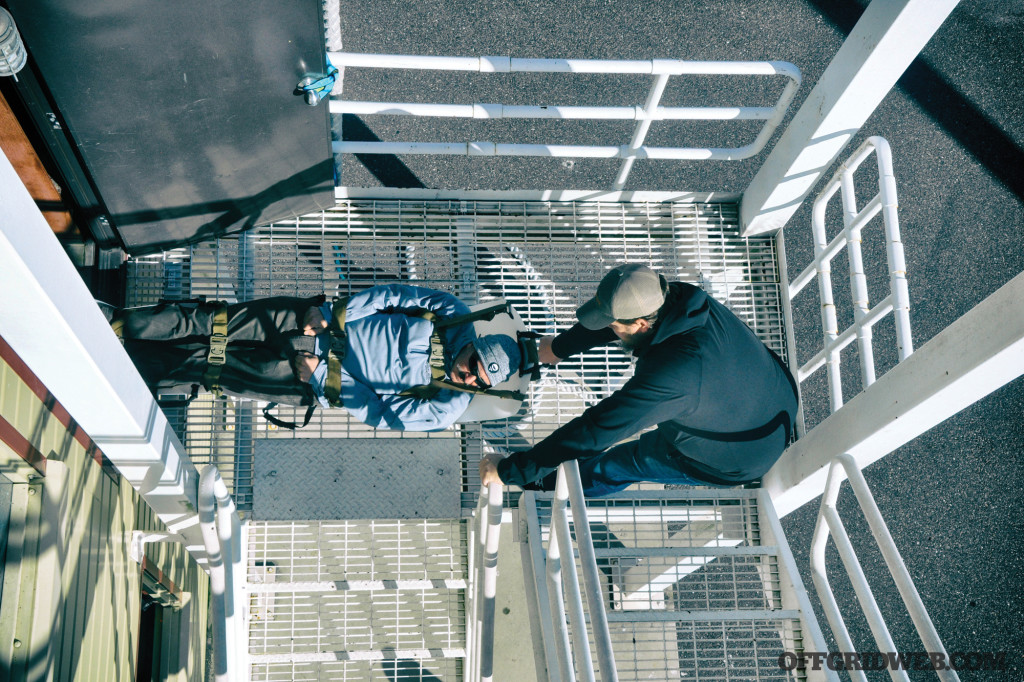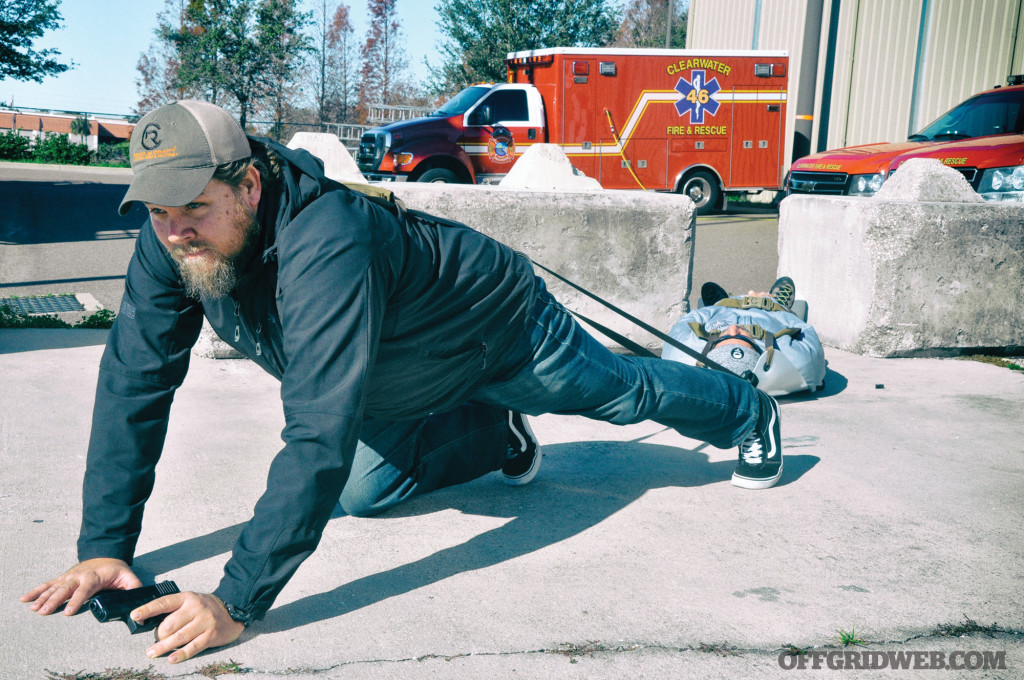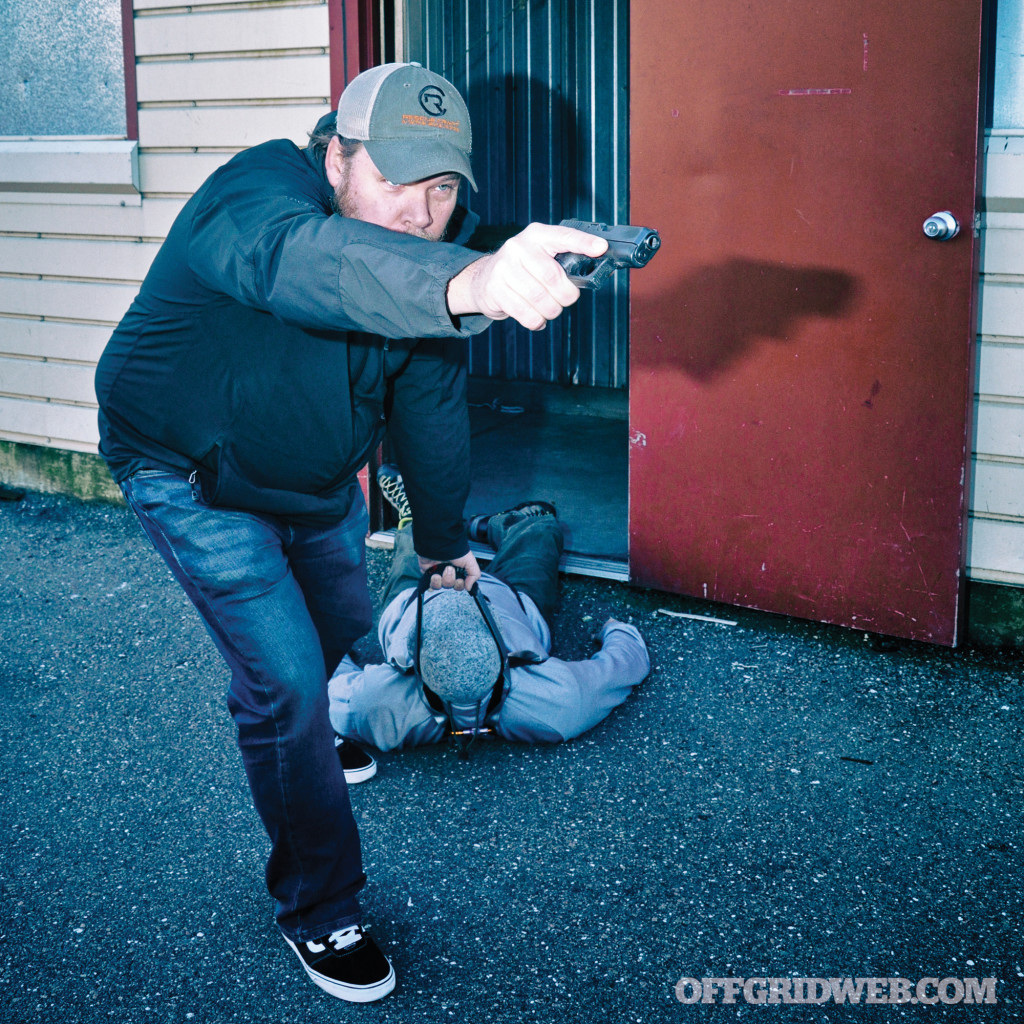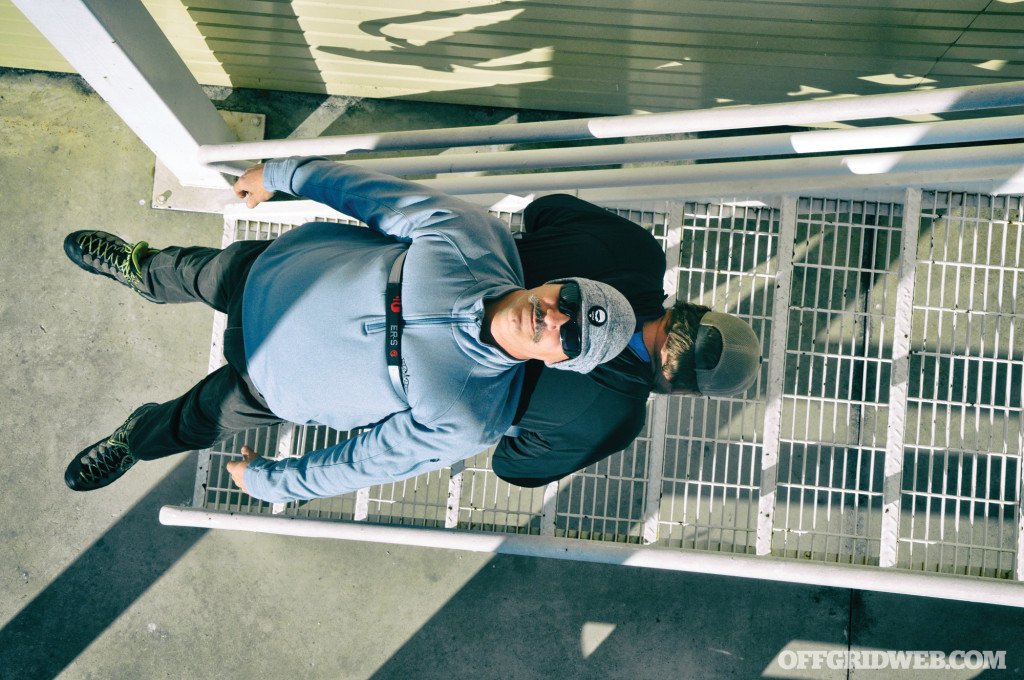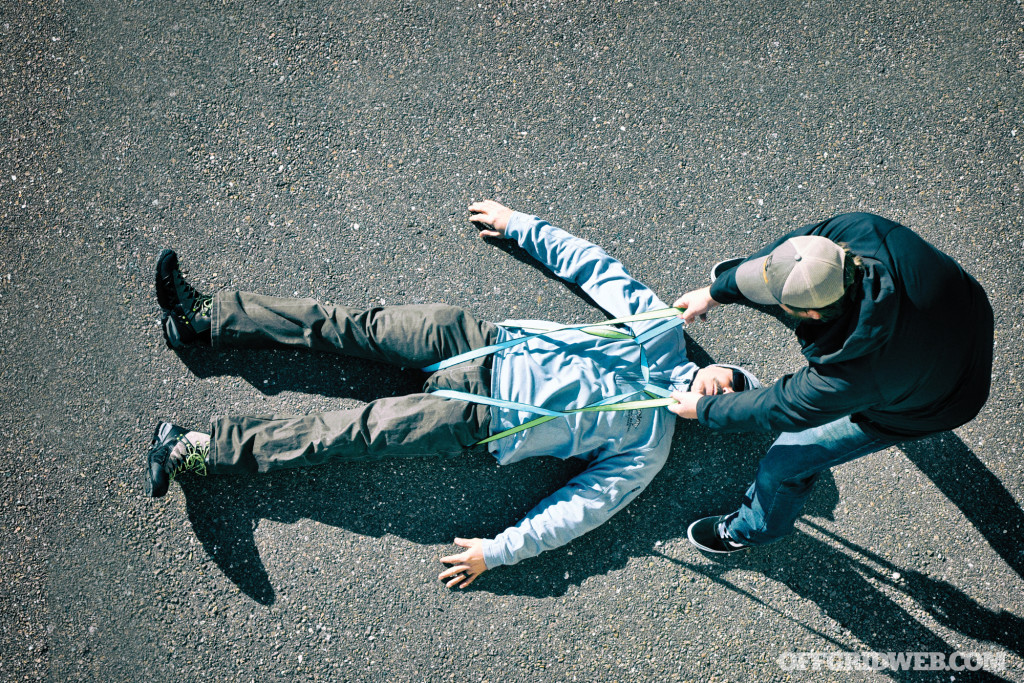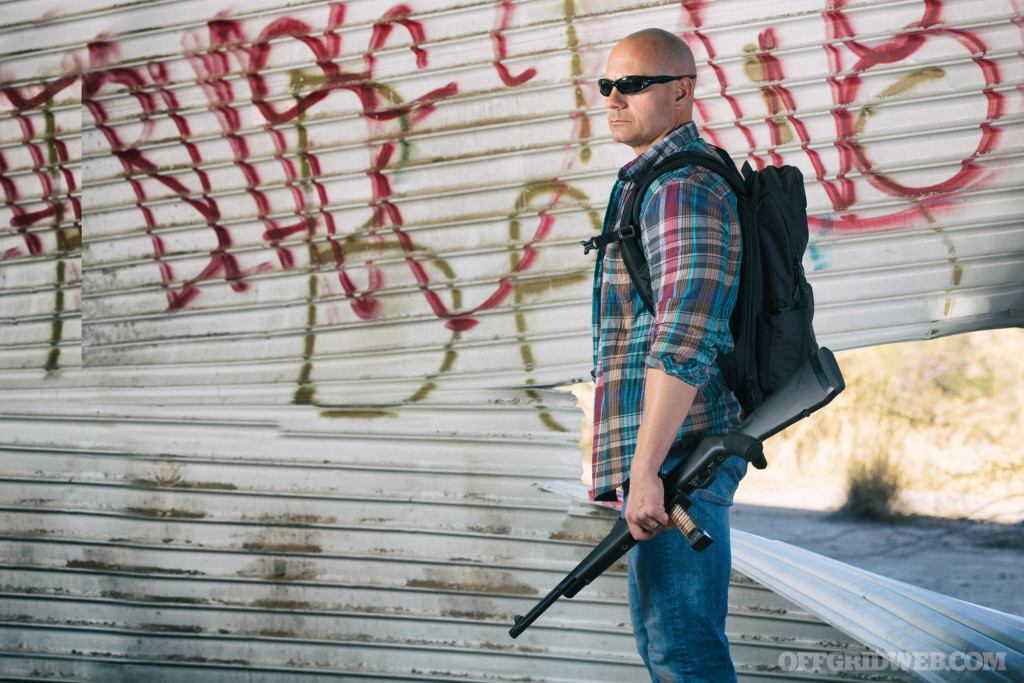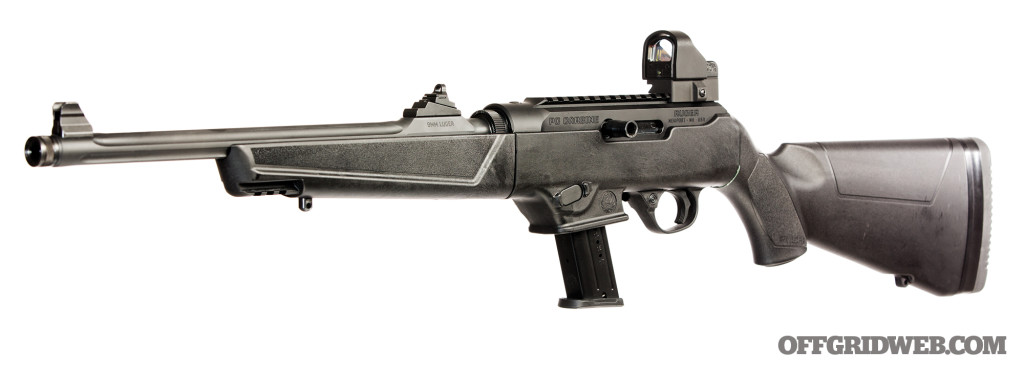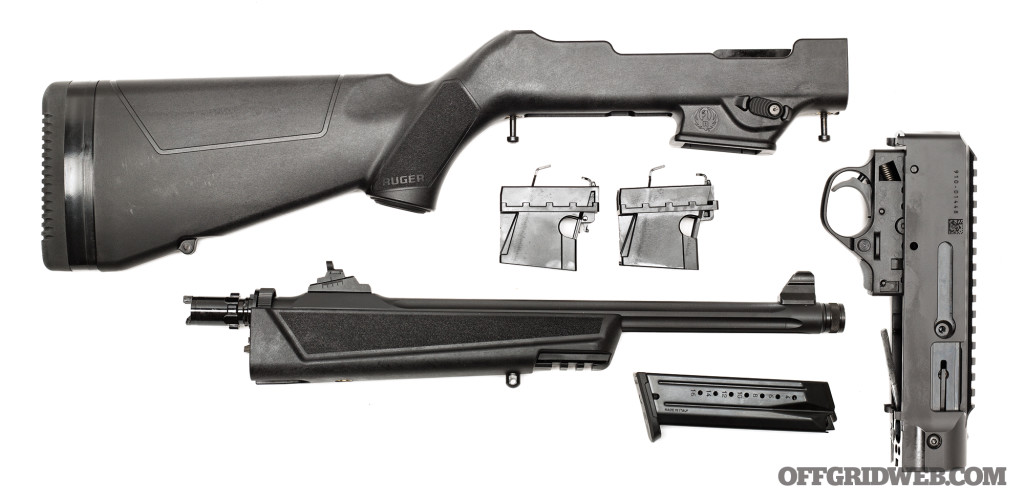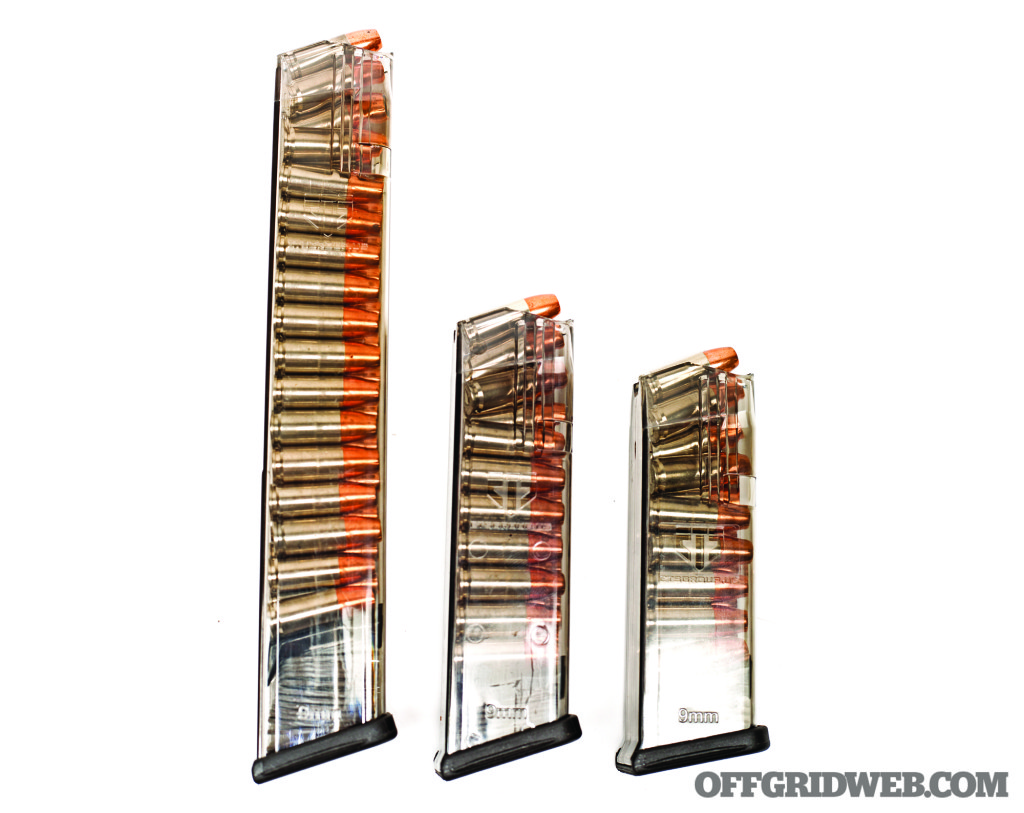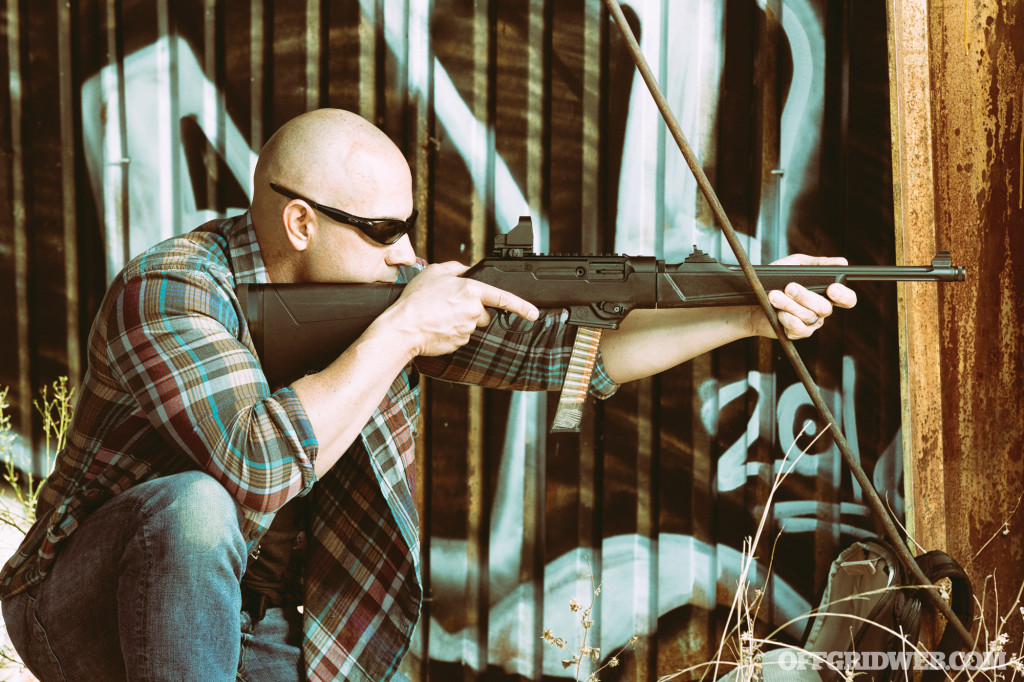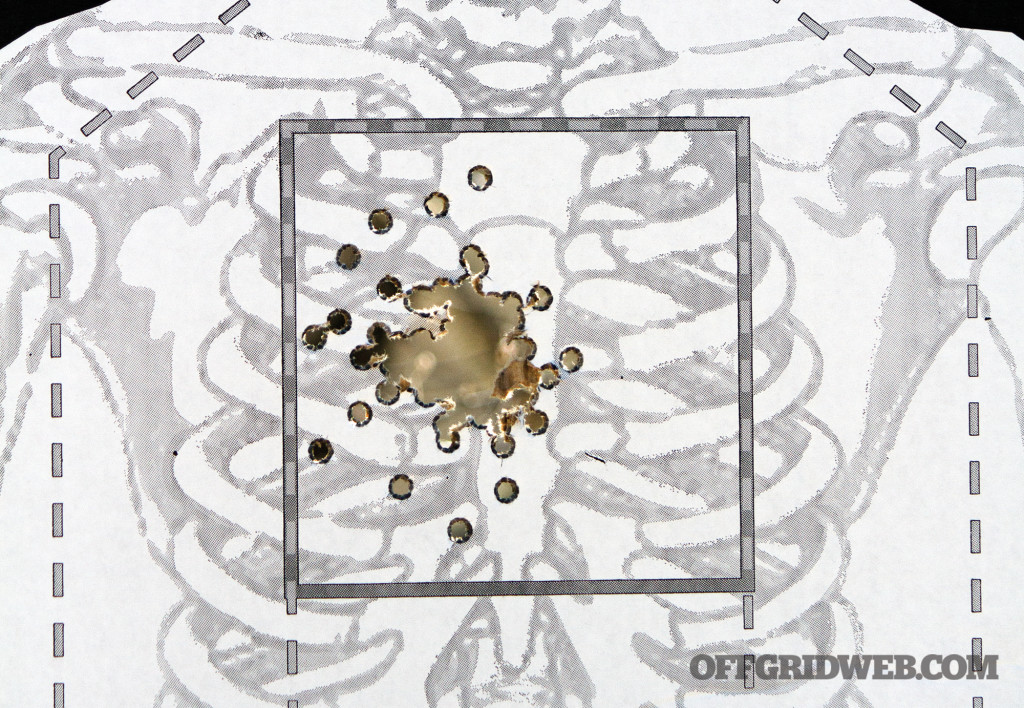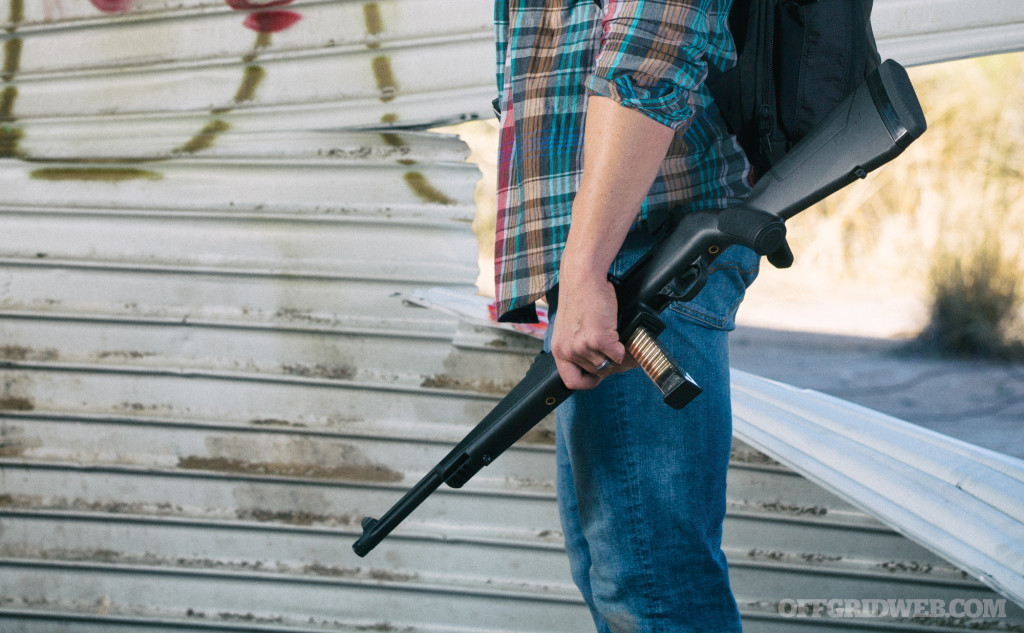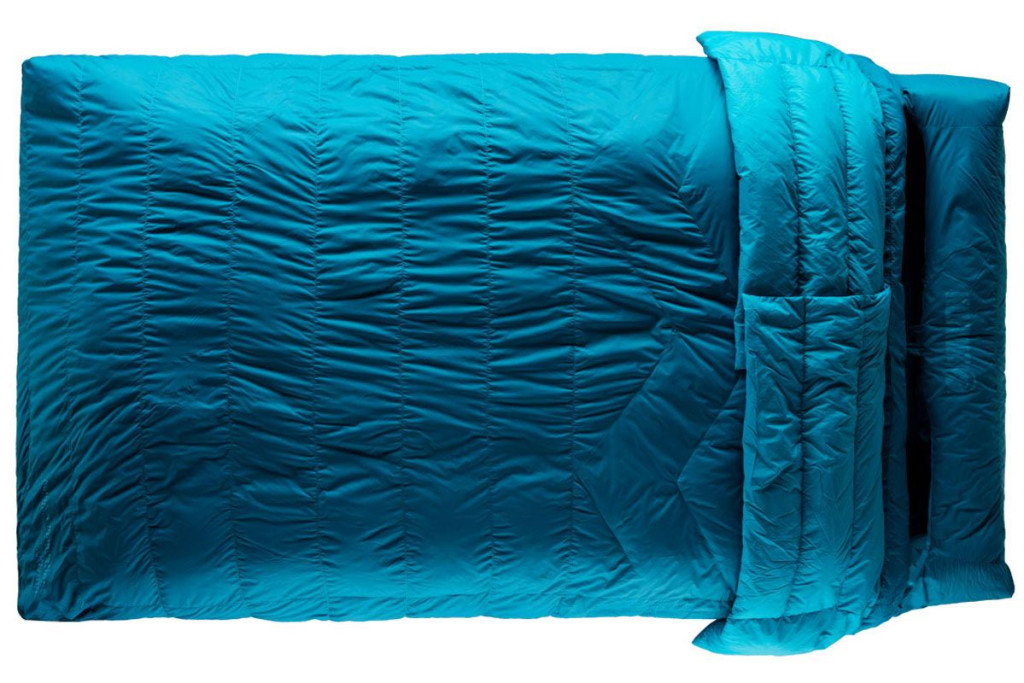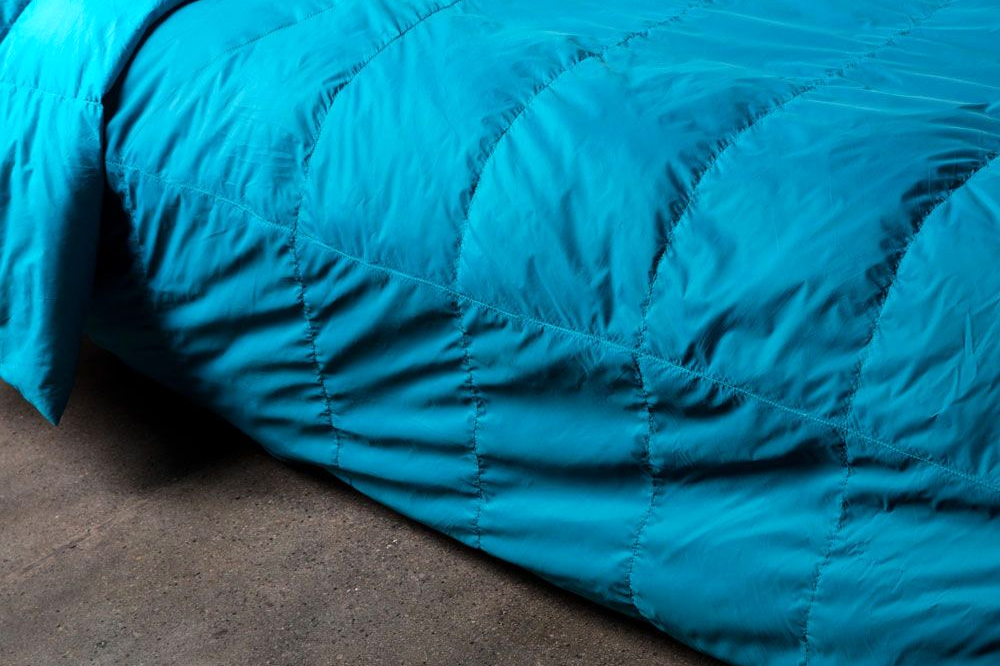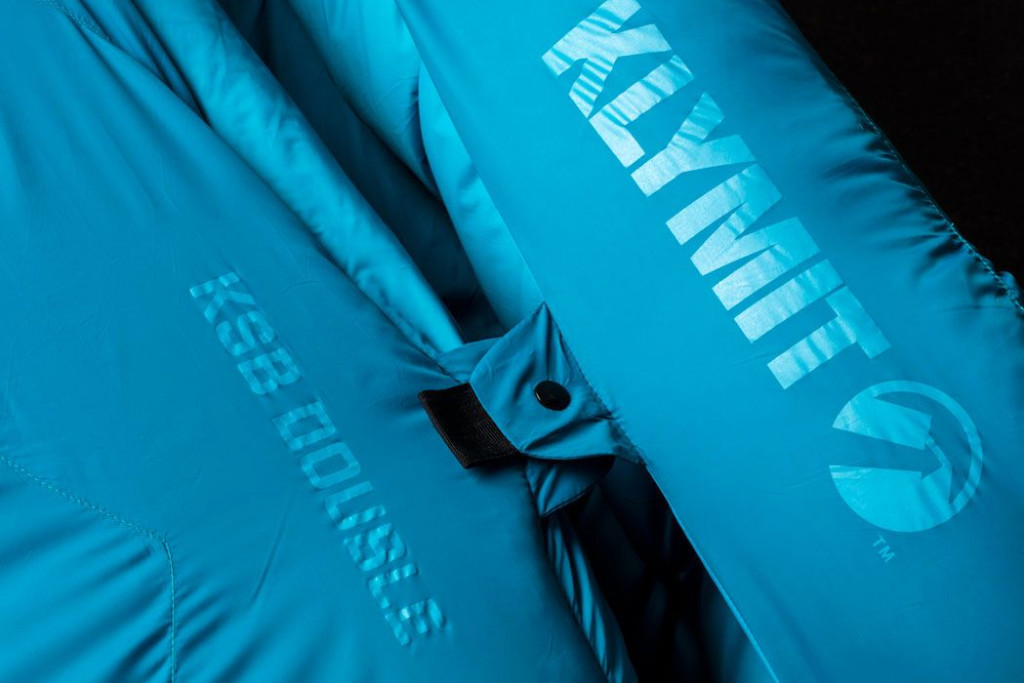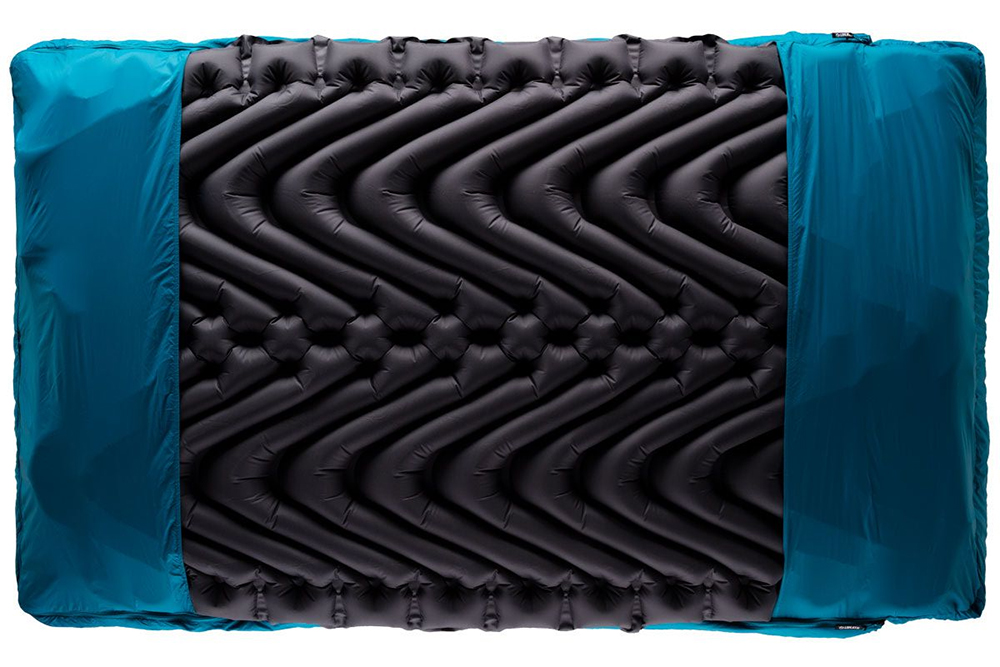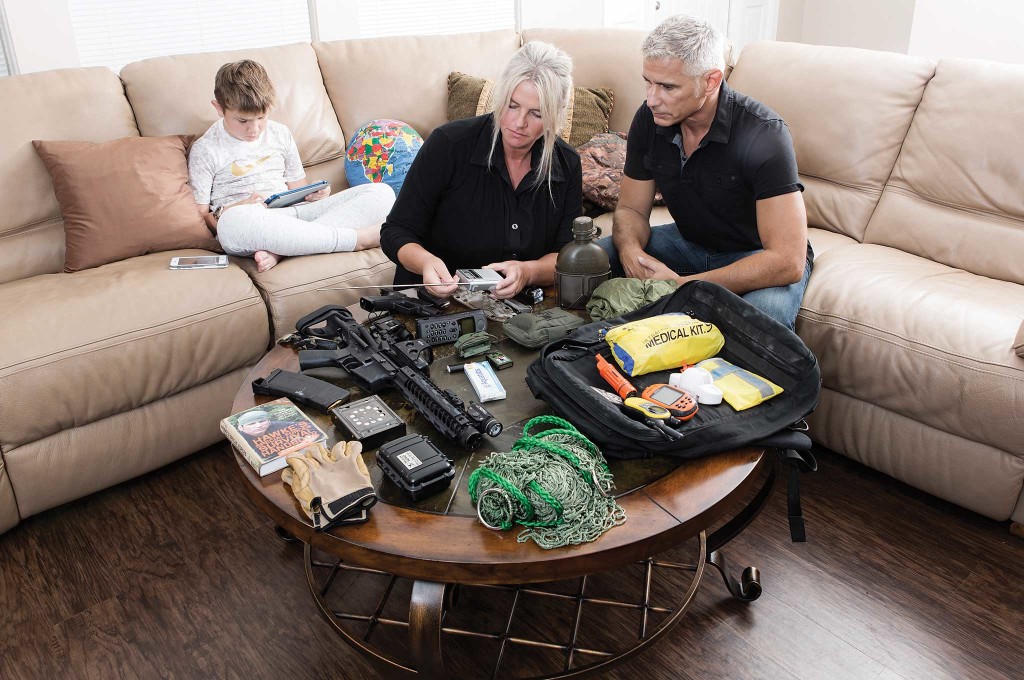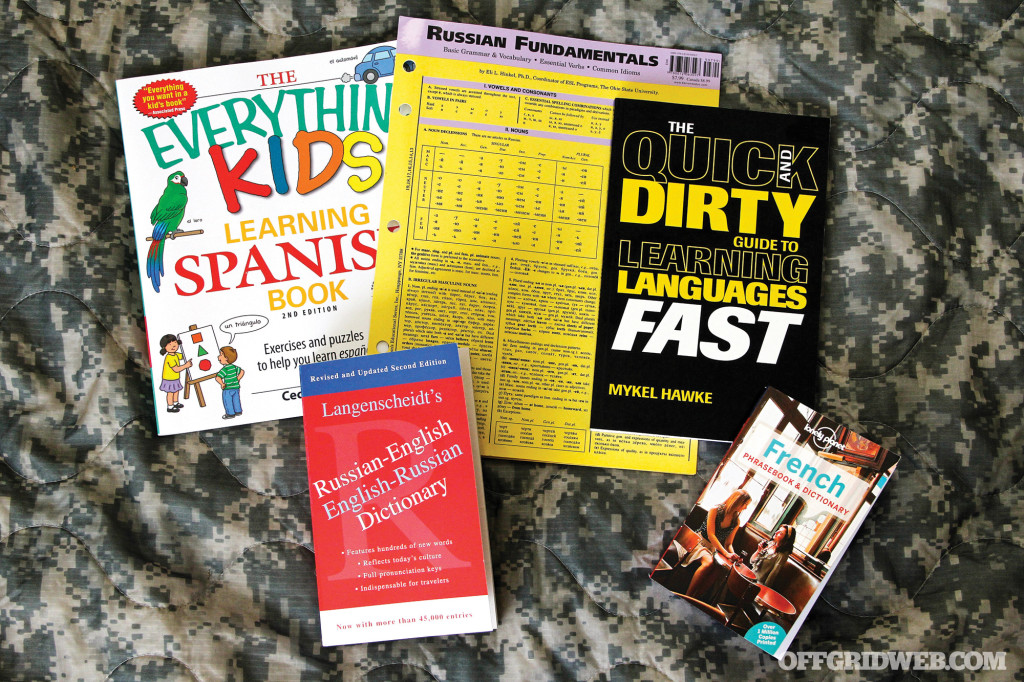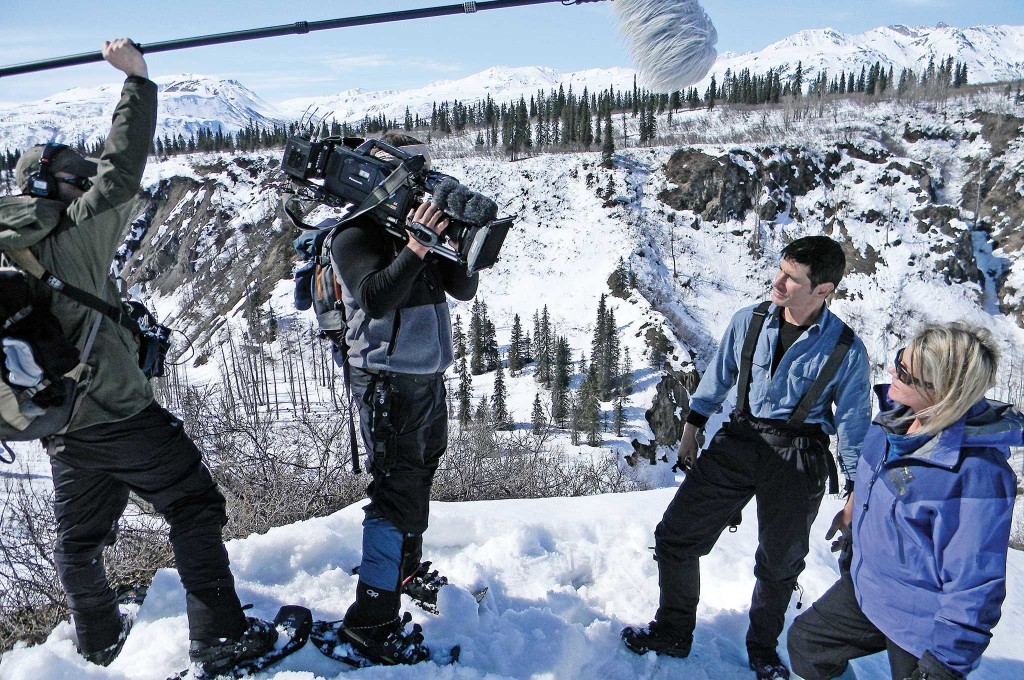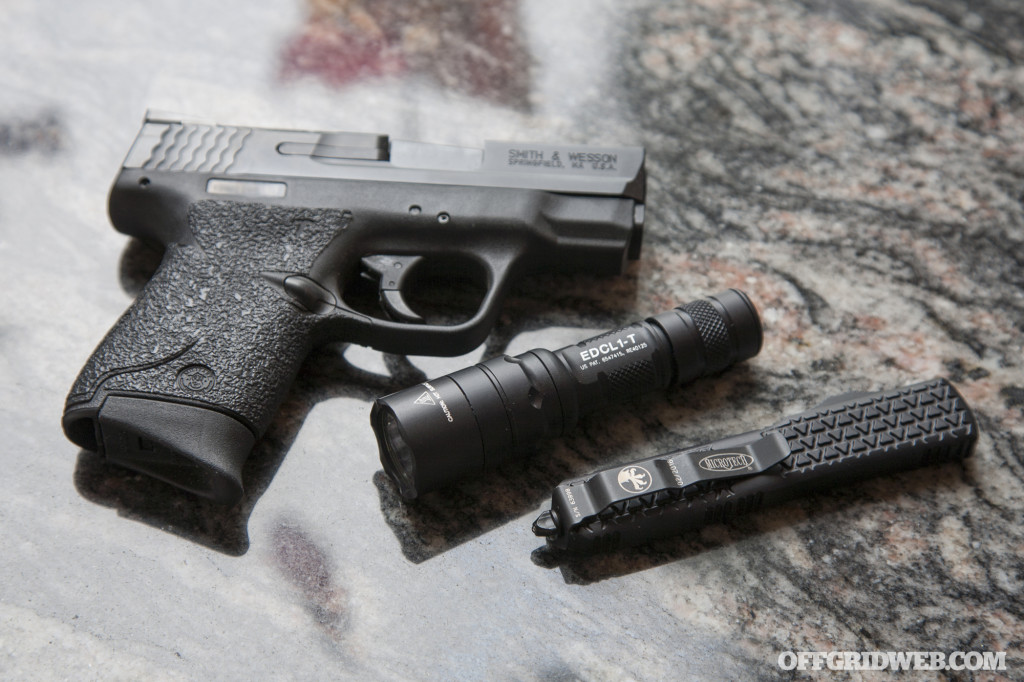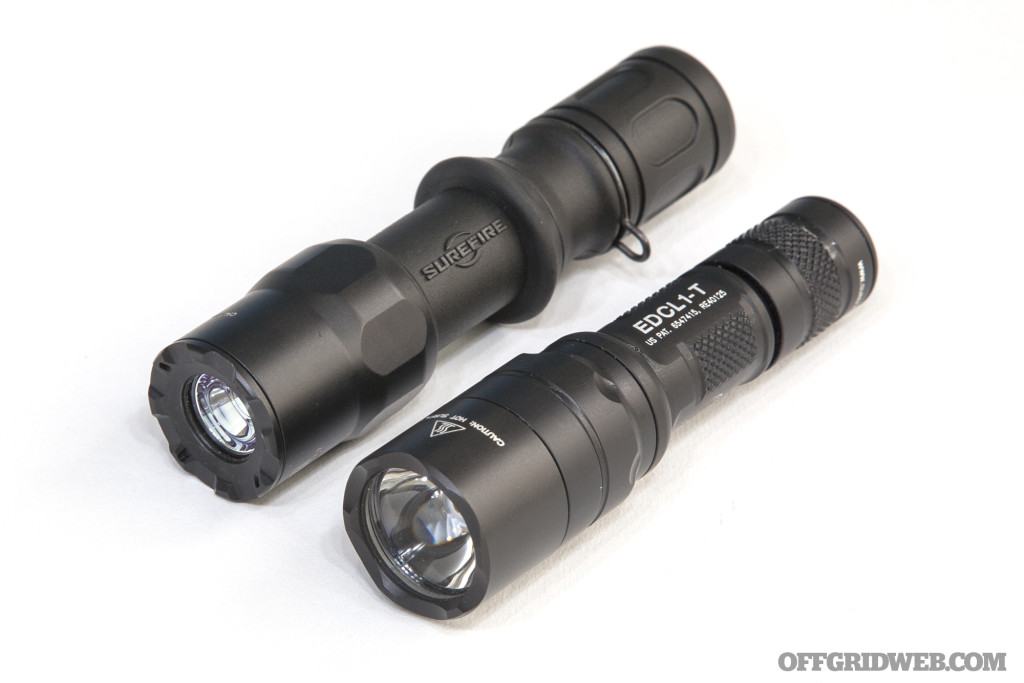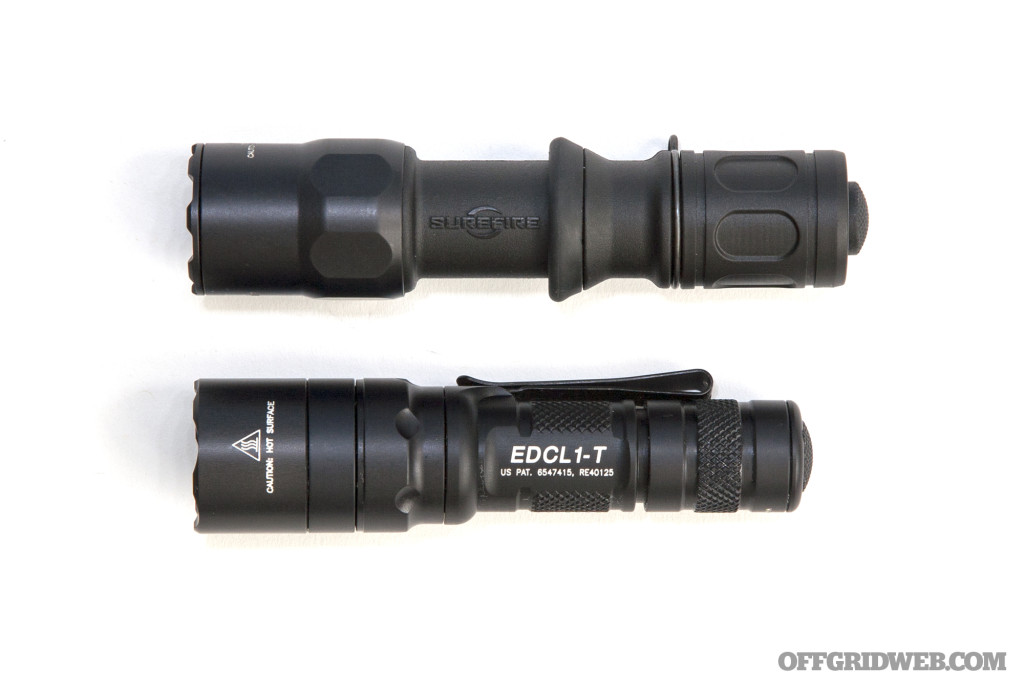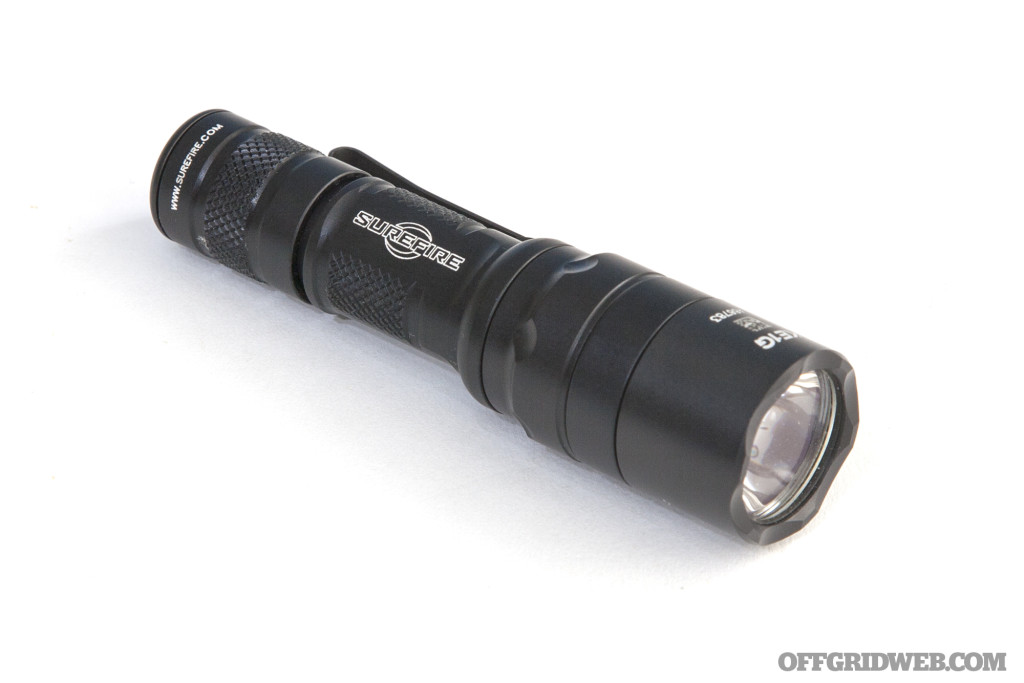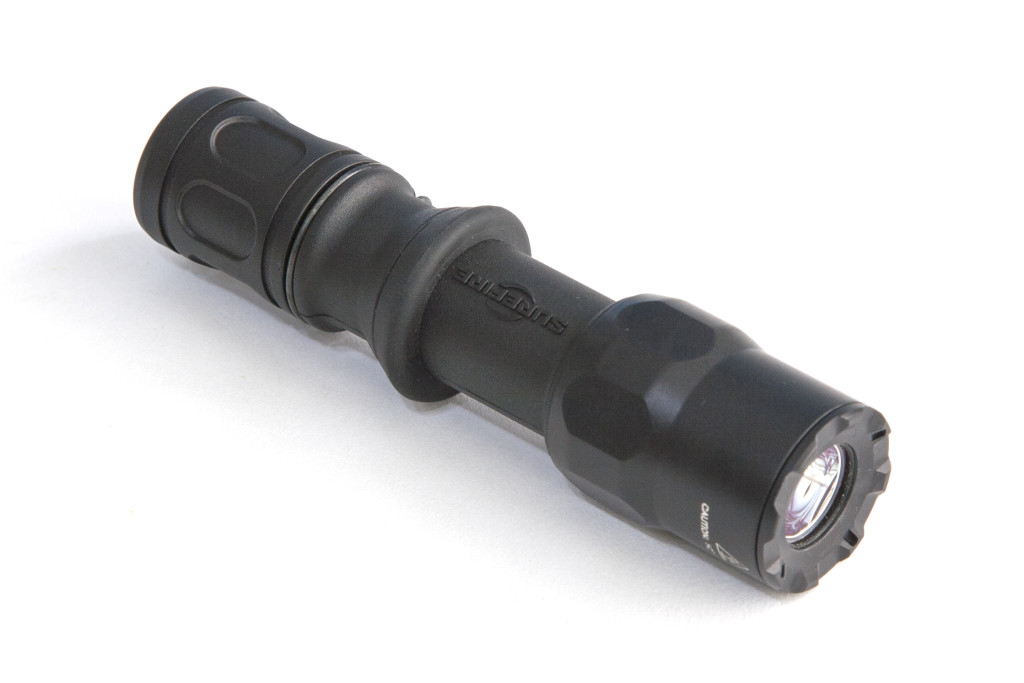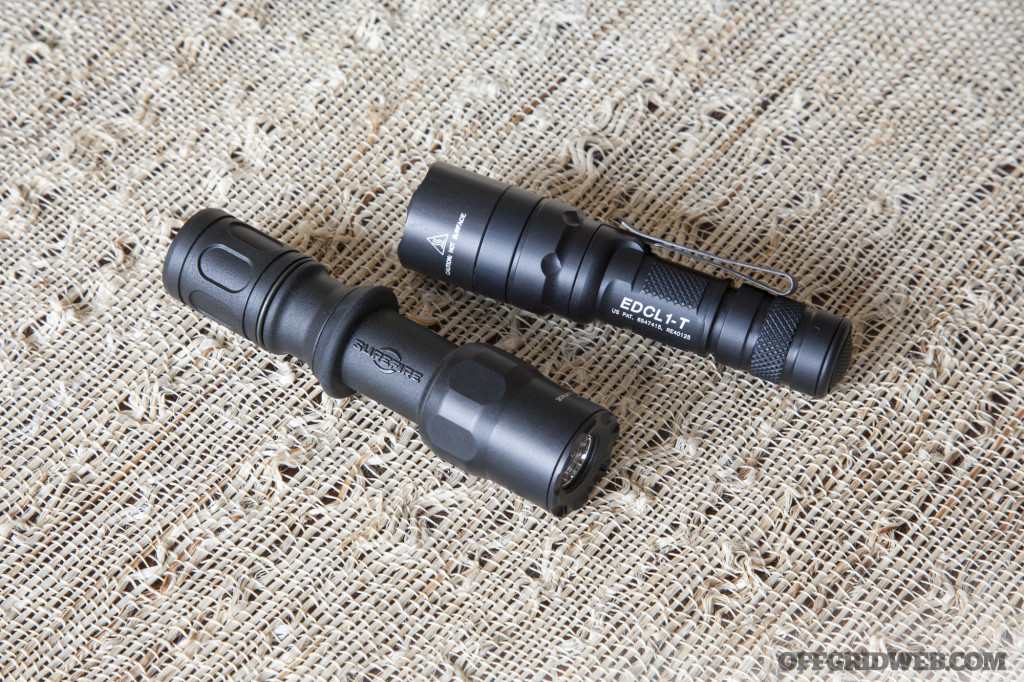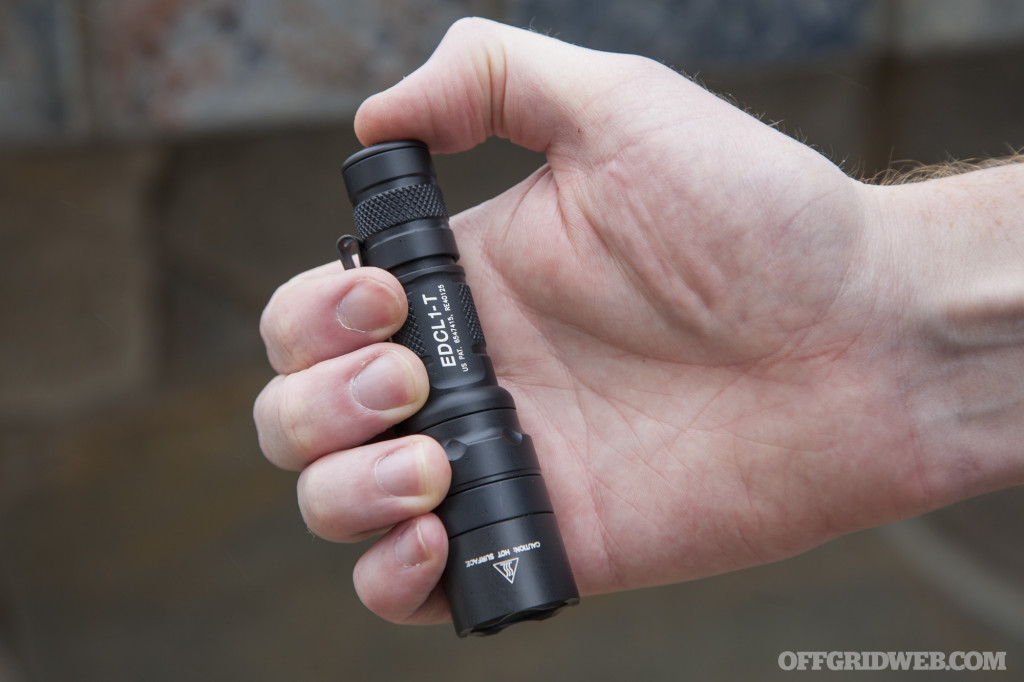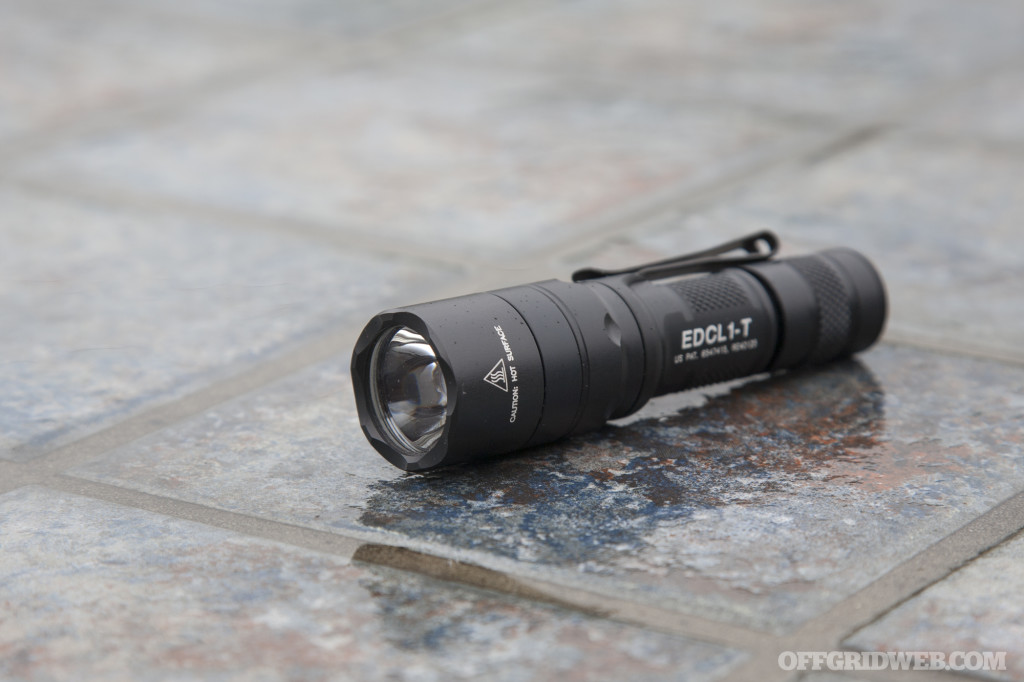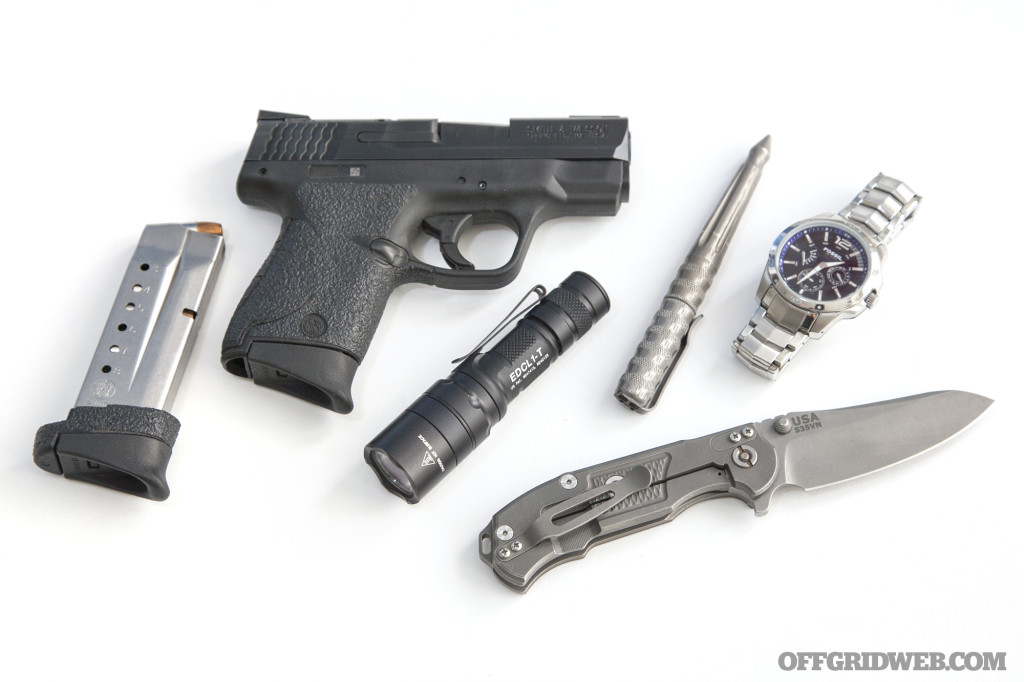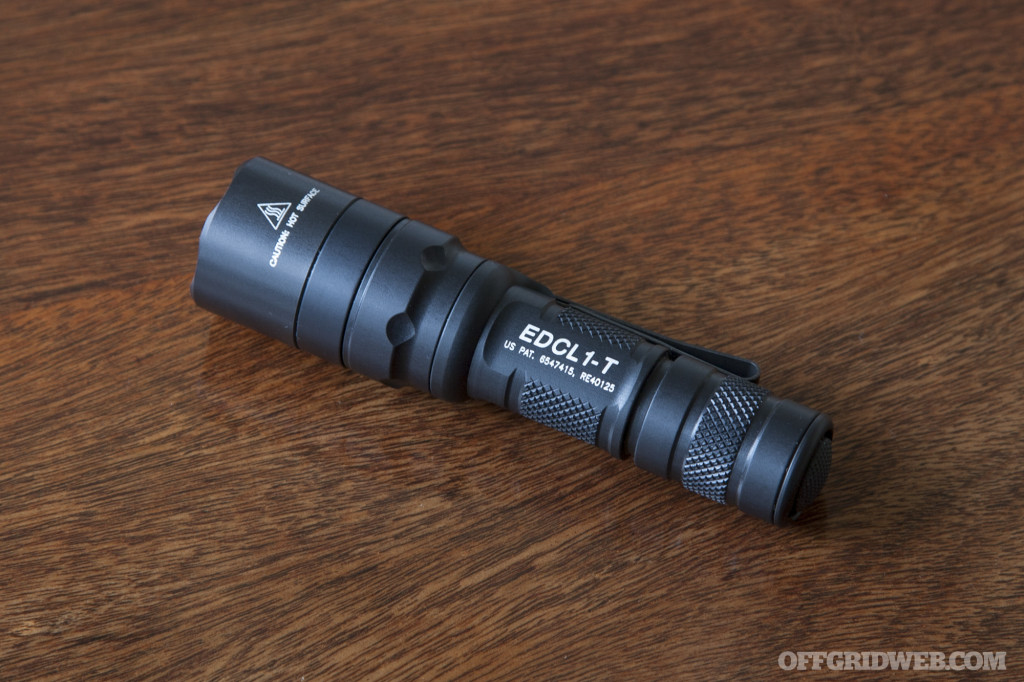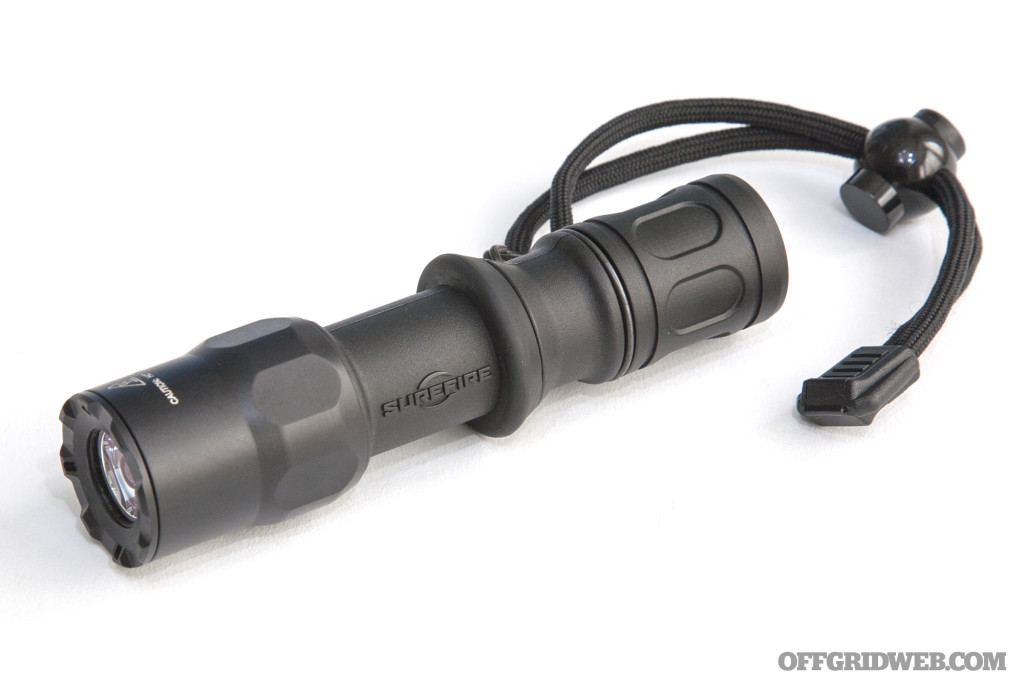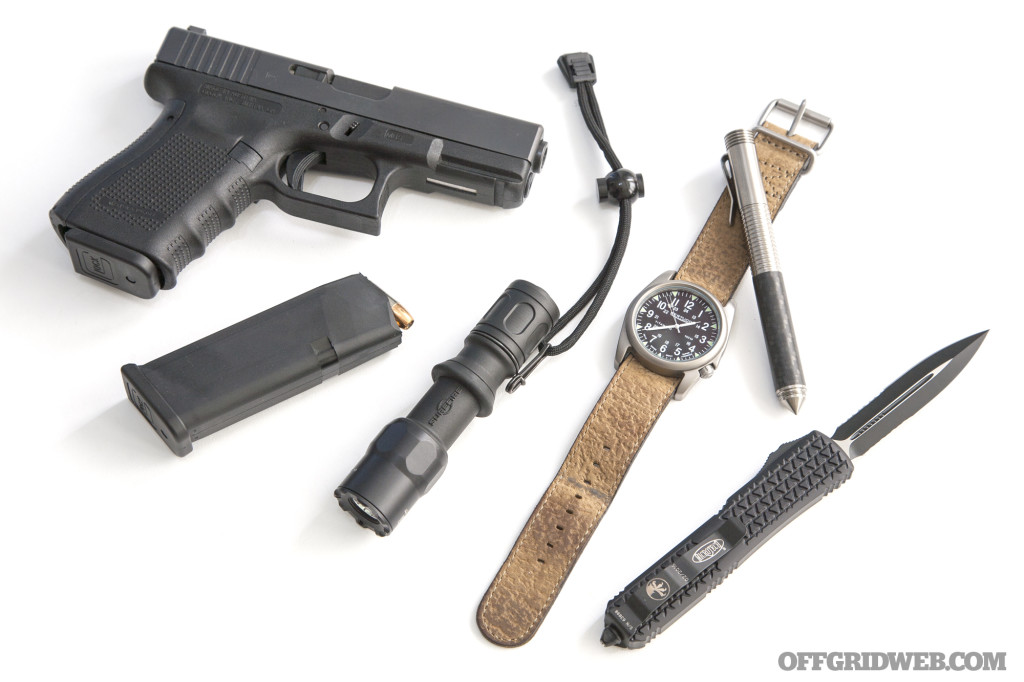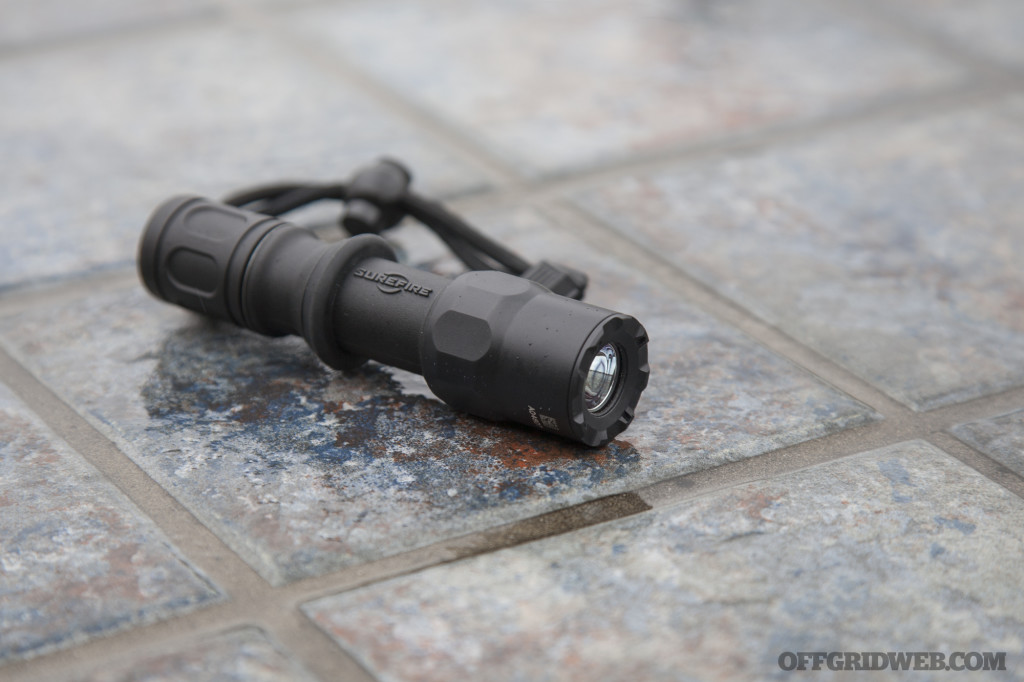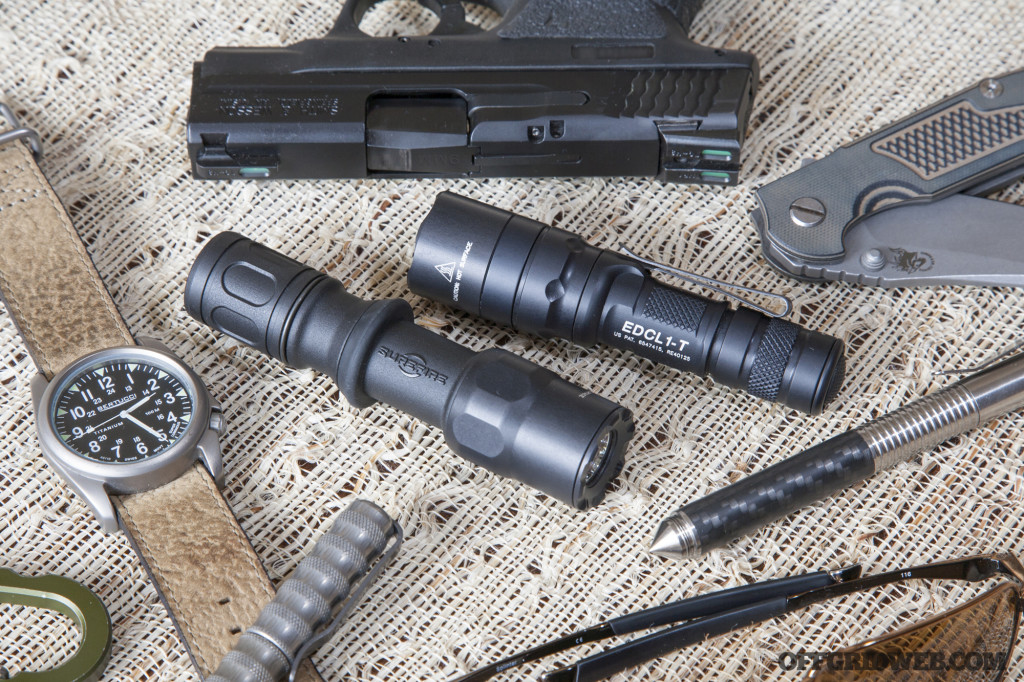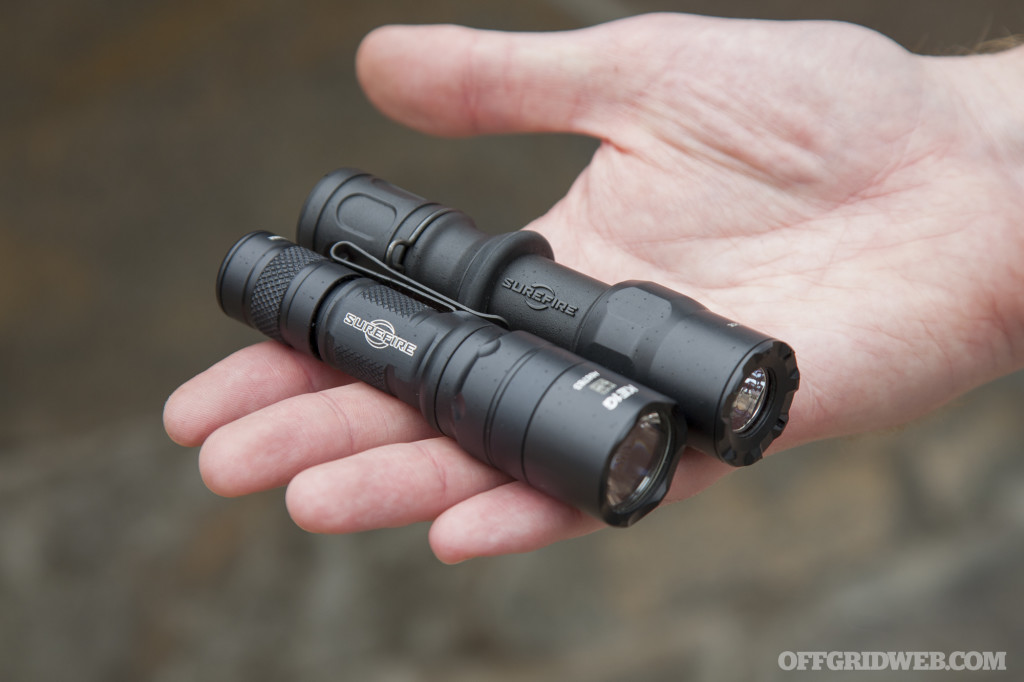Landline phones and public telephone booths were once as common as typewriters, transistor radios, and corner mailboxes. Fast-forward 30 years, however, and everything about how we communicate has drastically changed. Today, pay phones and landline phones are on the endangered species list, while the use of cellular and Internet-based phone networks has exploded.
In January 2017, a report from the Pew Research Center concluded that the vast majority of Americans (95 percent) now own a cellphone of some kind. With so many cell phones, and the proliferation of high-speed internet communications, are pay phones and landline phones really just a relic of the past? And can the wired technology of the last century be of any practical use in an era dominated by smart devices and the ever-growing availability of wireless comms?
Pay phones and landline phones may be going the way of the dinosaurs, but if you know where to look, there’s still tremendous value to be found in this dated technology.
In this article, we discuss how the landline phones that many folks consider to be dead and buried may actually still have quite a bit more to offer, especially when the high-tech modern communications systems we rely on go dark.
The Wireless Revolution
It all started on April 3, 1973. On that date, Motorola engineer Martin Cooper made the world’s first mobile phone call. The historic call was reportedly made to Motorola’s main competitor at Bell Systems to let them know that Motorola had done it first — it must have been some conversation.
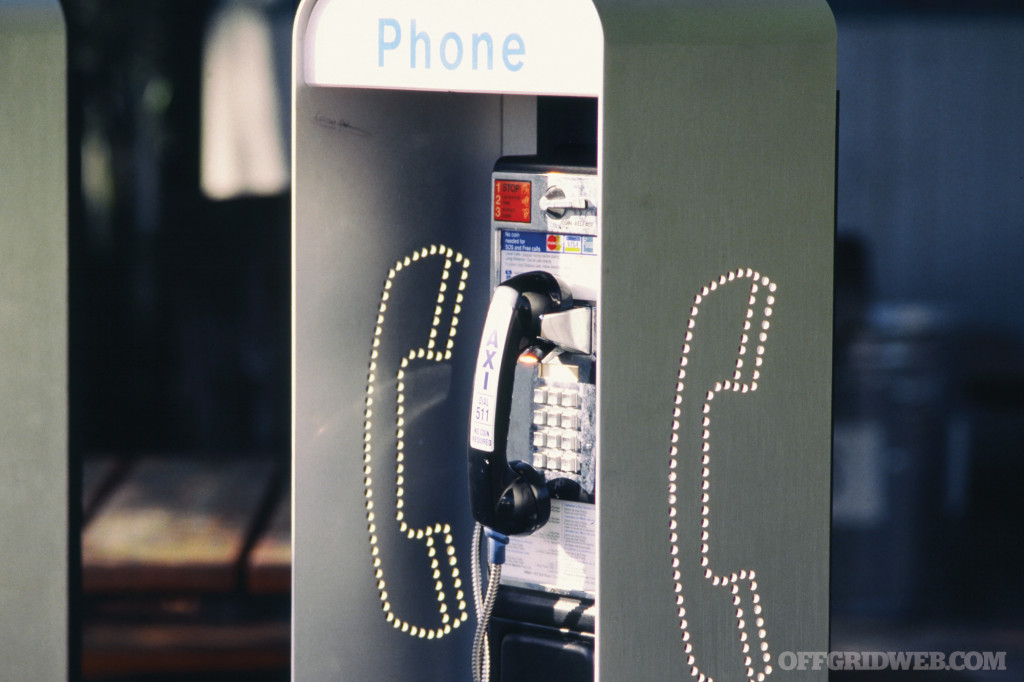
Ten years later, the world’s first mobile phone hit the market at a cost of $3,995 (roughly $5,800 in today’s money). Few people at that time could have ever imagined just how significant that first call really was, and how it set in motion the events that’d change everything about how we communicate.
Today, locating an actual landline phone or even a public pay phone is getting more and more difficult. Mobile phones and wireless devices are ubiquitous, and they’ve all but replaced their wired predecessors. However, that smartphone of yours may wind up as little more than a paperweight if the grid goes down.
The Achilles’ Heel
Technology can be a wondrous thing. It offers comfort, convenience, and a multitude of amazing features. But it can also foster a potentially dangerous dependency. Almost 45 years since that first mobile phone call, many people have been lulled into exclusive reliance on wireless communications and mobile devices for all of their daily needs. Smartphones are now used to not only make phone calls, but to send and receive all sorts of personal and financial data.
This undeniably convenient technology is often taken completely for granted and is expected to function flawlessly and without interruption, no matter the circumstances. Few people actually consider the possibility that cell service may one day be interrupted by a natural or manmade disaster. Fewer still have any backup plans should their wireless devices stop working. This unrealistic reliance tends to create a false sense of confidence and can potentially result in very serious consequences.

One recent example is Tropical Storm Harvey, which made landfall along the Texas coast on August 25, 2017, bringing winds in excess of 100 mph. According to the Federal Communications Commission (FCC), Harvey’s impact resulted in widespread cell blackouts, including the disruption of 17 emergency call centers and 320 cellular sites. In a few Texas counties, blackouts affected more than 80 percent of the cell sites. (In Aransas County, Texas, for example, 18 out of 19 cell sites reportedly went down.)
When the stakes are this high, overreliance on wireless communications can have serious consequences. Enter the landline.
What’s a Landline?
During the majority of the 20th century, the only way for most people to place or receive a telephone call was to use a landline phone — public or private, these devices could be found just about everywhere.
A landline telephone uses copper wiring to make and receive phone calls, as opposed to a cellular phone that uses radio waves. Landline phones can be hardwired (tethered) directly to the dedicated physical phone line or can use a cordless handset that’s connected wirelessly to a fixed base unit nearby that’s then hardwired into the landline.
In a nutshell, the landline between the home and the phone company consists of a pair of copper wires. The phone company supplies the power needed to operate the phone, assuming that the landline phone isn’t cordless. This is why landline phones often continue to work even during severe weather and widespread power outages — they have their own power supply. If the phone was cordless, then you still needed an independent power supply to power the operation of the corresponding base unit.
Today, many home phones (even the ones with wires) are connected not to an actual landline, but to the internet — a cheaper alternative. This is called Voice Over Internet Protocol (VoIP). Internet phone plans often provide access to both domestic and international calling options; you can keep your existing phone number. The phone operates in much the same way as its landline predecessors — you even get a dial tone. However, there’s one major difference — calls are placed over an internet connection. In order for the phone to work, you must have electricity and a fully functional internet connection in your home or office.
In comparison to cell phones and VoIP, a landline phone is almost bulletproof. Even if the grid power in your neighborhood goes down, the landline phone will continue to work so long as the telephone company’s independent power source stays live; this is a huge advantage over a phone that relies on grid power and the internet. Public landline pay phones operate in much the same way.
Public Pay Phones – Pay As You Go
By some estimates, there are now fewer than 500,000 pay phones in the entire United States. While these relics of the 20th century are becoming a very rare sight, if you happen upon one, you should be prepared to pay.
Most of us are accustomed to dialing a number and getting connected with no concerns about costs or with making immediate payment. Public pay phones, such as those found in train stations, government buildings, and hotels, charge varying rates depending on the type of call you make and the length of the conversation. Some of these rates can be much more expensive than what a similar phone call would cost on a cellular phone, private landline, or internet-based phone. Make sure to confirm those costs before placing your call. To make payment for the call, there are a number of options:
Cash/coin — Pick up the receiver, drop in the coins, and dial the desired phone number when you hear the dial tone. (And hope the phone doesn’t eat your change.)
Credit cards — Can be used to make long-distance calls on landlines or public pay phones. Rates can be very expensive for these calls.
Prepaid calling cards — These cards are available for purchase for a flat fee and can be used to make long-distance calls using an access number and a PIN that’s printed on the back of the card.
Collect calls — Also known as a reverse-charge call, this is when the calling party requests that the person being called pays for the charges. This type of call requires approval from the paying party and can be expensive.
Toll-free numbers — Calls to toll-free numbers don’t require payment. Here’s a survival tip: Individuals can obtain a toll-free number for themselves (i.e., 888, 877, or 866). A toll-free number means others can call you for no cost to the caller. This may come in handy if family or other members of your inner circle are trying to reach you during a crisis.
Remember that you can always place an emergency call to “911” or to an operator “0” at no charge from any pay phone in the U.S.
Note: International calls from the U.S. work much the same. To phone another country, dial 011, the numerical code for the country you’re calling, and the phone number. Payment for these calls can be made by one of the methods shown above.
New Doesn’t Mean Better

According to data provided by the Centers for Disease Control and Prevention, (yes, CDC has been tracking phone ownership in the U.S. since 2004) landline phones are rapidly losing ground against mobile phones. The following table shows the dramatic shift that’s taken place in just the last 12 years.
| 2004 | 2016 |
|---|
| U.S. Households with a landline phone: | 92.7% | 45.9% |
| U.S. Households with a cell phone only: | 5.0% | 50.8% |
The numbers for younger Americans were even higher. “More than 70 percent of all adults aged 25 to 34 and of adults renting their homes were living in wireless-only households,” according to National Center for Health Statistics.
Public pay phones have fared no better. Since reaching a peak of 2.6 million in the mid 1990s, public pay phones now number fewer than 500,000 in the entire United States, according to the American Public Communications Council.
Survival Ready
Understanding the differences between landline and cellular phones makes it easy to see the distinct benefits and advantages. Since you most likely already have a cell phone, consider adding a landline phone to your survival plan for additional communications options. The following is a list of our top five tips for incorporating landline phones into your survival planning:
Add a landline phone. Call your local provider and find out if true landline service is still available in your area and how much it will cost. Remember you’ll also need a landline phone with a physical cord that’ll connect to the telephone wires coming into your home. Adding a cordless phone to a landline defeats the purpose of having a landline, since cordless phones still require electricity and/or a rechargeable battery to power the base unit.
Here’s where it gets tricky. Since internet phones are often plugged into traditional-looking phone jacks, it’s sometimes difficult to distinguish between a true landline and a VoIP phone. If you’re in doubt, call your service provider and ask, or look at your phone/internet bill. One sure way to find out is to cut all electrical power going into your home at the main circuit breaker panel. If the phone still works, even with all the power cut off, it’s a true landline.
If the power goes out and you’re using an internet phone service, you’re big-time SOL. A true landline has its own power from the phone company, which is used to energize the phone itself and to transmit the call signal. With an internet phone, you need electricity to operate the modem and the internet connection. It’s confusing because AT&T, for example, sets up your internet phone service so that it’s routed through the home’s modem, but it’s still wired into the telephone copper wires within the home.
To any casual observer, it’s difficult to tell that it’s not a landline since the phone plugs into the wall jacks and looks just like a normal landline phone. But if the power goes out — that’s it. You’re toast and can’t use the landline.
On a true landline, the phone company runs copper wires to your house that connect directly into the phone (without a modem to translate audio signals into data to transmit over the internet). This phone will work come hell or high water, as long as the signal from the phone company is intact and the copper wires aren’t damaged or cut. Although you may have an older home built with a phone jack that was once powered by a copper wire setup, that doesn’t necessarily mean your current phone system still operates through the original infrastructure. Again, call your home phone provider to check.
Get a community landline. If you can’t afford the monthly cost of a landline all by yourself, consider a community landline to be shared among neighbors. This arrangement allows various people to pool their resources and get one landline to be shared among all the paying neighbors. If the cost is split among a small group, it becomes way more affordable, while still providing benefits to the entire group.
Do your research. Do a search of your immediate area for public landline pay phones and mark the locations on a map. Knowing where these phones are in advance of a disaster will save you time and effort at a later date. Start your search in the likely places — train stations, libraries, airports, government buildings, bus terminals, and schools. Just make sure that these locations will be accessible during a crisis. Don’t forget to look in other independently owned places — bars, restaurants, gas stations, and convenience stores.
You can also do an internet search for “nearest pay phone” and orient to your address. Sometimes these searches can be outdated, so if you’re searching somewhere nearby, scout them out ahead of time to ensure they’re still in the location identified by your online search and fully functional.
AT&T or other providers own their pay phones. They place them based on how much profit they might make. It’s up to the phone company and property owner to keep them in service. In many cases, pay phones have been removed at city facilities over the years because they were no longer used — hence no profit. AT&T and other companies required a certain profit from the pay phones and forced property owners to pay if the phones on their property didn’t produce. Because of that, many property owners are removing them permanently.
Purchase a calling card. A calling card will allow you to use a public pay phone to make calls (local or long distance) without having to keep a pocket full of change or a credit card. A calling card can be useful even when using another person’s landline phone, since you can call anywhere without worrying about the charges.
Maintain a physical list of names and phone numbers. Speed dialing is efficient and very convenient, but it also makes it really easy not to have to remember phone numbers. Maintain a list of important telephone numbers and have various copies as backup. Like older phones themselves, using an address book to maintain current contact info or making regular prinouts will come in very handy when you need it.
More Bad News for Landline Phones

If you live in any of the 21 states (Alabama, Arkansas, California, Florida, Georgia, Indiana, Illinois, Kansas, Kentucky, Louisiana, Michigan, Mississippi, Missouri, Nevada, North Carolina, Oklahoma, Ohio, South Carolina, Tennessee, Texas, and Wisconsin) where AT&T is the primary telephone service provider, you may soon need to say goodbye to your landline phone service.
Reportedly, AT&T has been spearheading efforts for legislation to end landline phone service in those markets. According to reports from the Chicago Tribune, lawmakers in 20 of these states have already voted to allow AT&T to end landline service in their respective states.
While AT&T will still need FCC approval before it can terminate landline service, there’s a good chance that landline customers in those states may soon face a choice between upgrading their service to more modern alternatives or face disconnection.
Opponents to AT&T’s efforts to eliminate landlines include groups like AARP (a nonprofit organization that helps people over 50 years of age). AARP representatives claim that the bill will be especially harmful to the elderly, and the organization says it intends to fight the law at the national level.
While it’s unclear how any of these efforts will affect the eventual outcome, or when actual landline service elimination may take place, maintaining an aging landline network is expensive, and it’s unlikely that other providers will step in to offer traditional landline services at anything close to affordable rates. Current landline service averages about $50 per month, depending on the market and the plan’s features and usage.
Travel Telephone Tips
If you go abroad without a mobile phone, you can still stay in touch using public telephones. Below is a summary of how using public phones may differ abroad and some of the standards you should know if you’re in a foreign country.
Even though public pay phones are also disappearing in other countries, many can still be found in train stations, post offices, and other government buildings.
The most cost-effective way to place long-distance and international calls is to use a prepaid calling card. These phone cards can be purchased at your destination from train stations, newsstands, and street concessions. Or you can buy them in the U.S. prior to traveling. Buying a calling card in the U.S. will allow you to familiarize yourself with the calling procedures and costs in advance, while avoiding possible scams.
Be advised that not all public pay phones in foreign countries accept coins. Be prepared to make payment with a calling card or a credit card.
If all else fails, remember that you can still try your luck with a public computer at an internet café or a hotel lobby. Using one of these devices, you can try to make an internet call, or use a Google or Skype account to log in and place your call. Planning ahead will save you time and money, and keep you connected. (Be very guarded with your personal information on public computers, especially with credit card information.) Another option is to subscribe to a satellite phone service, though this can be extremely expensive depending on your needs and destination. Like anything, your layers of protection and communication should be layered.
How a Landline Became My Lifeline
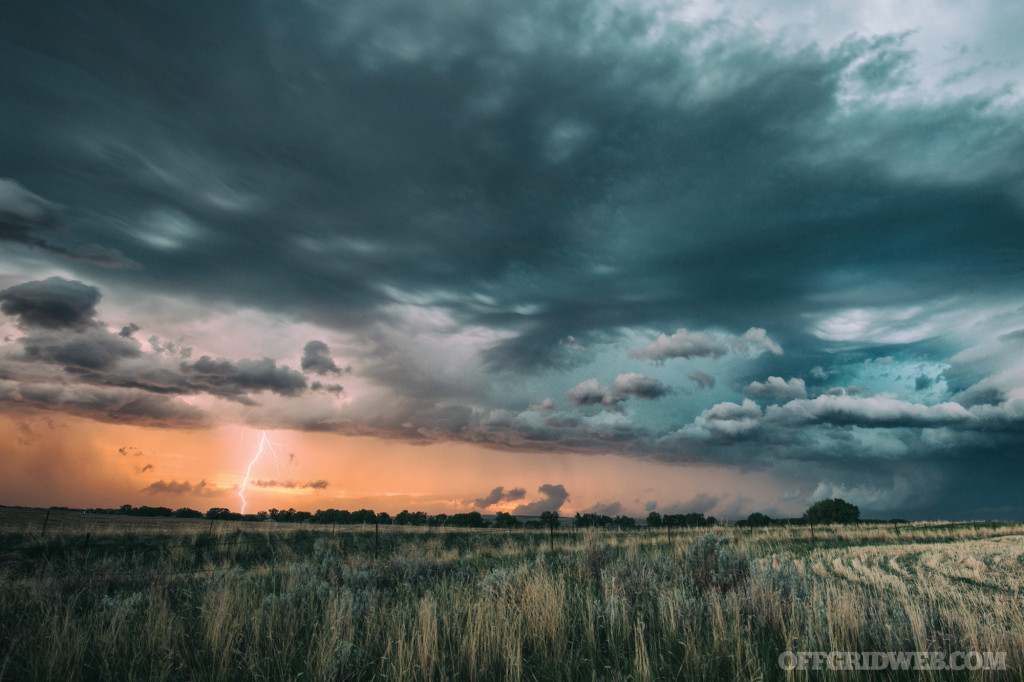
In late August 1992, Hurricane Andrew, a Category 5 Storm, slammed into South Florida. At the time I was living in the suburban community of Country Walk, just north of Homestead, Florida. My home, along with many others in the community, was totally destroyed by Andrew. The morning after the storm I walked out of the shell that had once been my home with nothing more than the clothes on my back.
As I emerged outside for the first time, I was struck by the sheer magnitude of the devastation. Nothing was spared — trees, utility poles, power lines, vehicles, and homes were all completely obliterated or heavily damaged.
I needed to get word to my friends and family that I was OK. But with so much damage and destruction, and no power, how would I communicate with the outside world? Today most people would no doubt reach for their cell phones and hope they had service. But in 1992, few average people had access to what was still very expensive technology.
Out of desperation and habit, I reached for my landline phone — in 1992 just about every home still had one. I was amazed to hear a dial tone; it was actually working. I didn’t know it at the time, but the reason the landline phone still worked in spite of the complete loss of power was because the phone company was still supplying it with electricity. I saw firsthand that landlines work even during a blackout.
I started to dial so fast that I got the number wrong and had to hang up and start again. When my cousin — who lived further north and had not been affected by Andrew — picked up on the other end, I was so happy I almost started to cry. With this landline I was able to reach out to friends and family to advise them of my condition. I could also obtain critical information about the road and infrastructure damage outside of the most severe impact zone — which I was currently standing in. With these crucial facts, I was able to plan an evacuation. After a few more calls, I agreed to stay with my cousin until I could make more permanent arrangements. The landline literally became my lifeline.
Conclusion
Cutting cords changed everything, and going back to devices tethered by wires seems unimaginable. And while few people will ever give up their mobile devices, having a landline phone adds a very useful and effective component to your overall survival strategy and planning. Stay safe and be prepared.
More From Issue 25
Don’t miss essential survival insights—sign up for Recoil Offgrid’s free newsletter today!
Read articles from the next issue of Recoil Offgrid: Issue 26
Read articles from the previous issue of Recoil Offgrid: Issue 24
Check out our other publications on the web: Recoil | Gun Digest | Blade | RecoilTV | RECOILtv (YouTube)
Editor’s Note: This article has been modified from its original version for the web.




